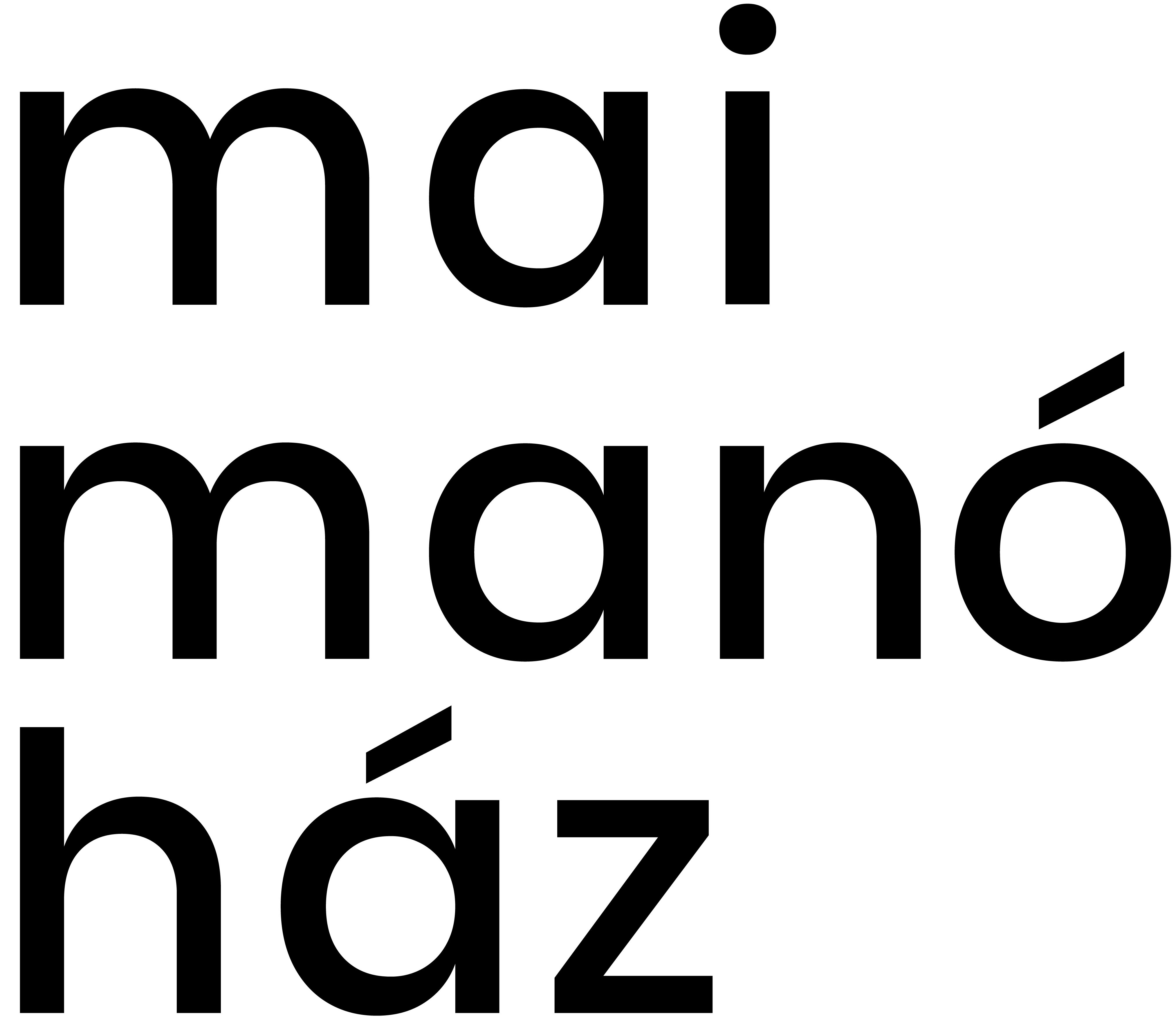The Way They See. An Overview of Hungarian Photography
Open to the public:
12. 06. - 10. 09. 2017
Warsaw National Museum
Curator: Gabriella Csizek
The Exhibition is a highlight event of the Hungarian Cultural Year in Poland 2016/2017.
Hungarian photography occupies a distinctive place in the world history of the genre as its 20th-century chapter cannot be written neglecting the Hungarian influence. It is not merely that there were a number of prominent and talented Hungarian artists active in this period; it was that the Hungarians determined and shaped the development of visual perception. An overview of the nation’s photography at the beginning of the 21st century, therefore, is both a challenge and an obligation. On the one hand, the assessment of the Hungarian aesthetic challenges comprehensiveness: is it possible to provide a broad yet sharp analysis to a foreign audience? Does an attempt at an all-encompassing coverage benefit the understanding of Hungarian photography at all? Where should the balance lie when the world-renowned examples alone can speak of our treasured accomplishments in the genre? Such and similar questions provoke the obligation itself: reflecting on a rich past today provides the opportunity to represent the birth, the development, and the continued life of the Hungarian talent.
Our exhibition of over 350 images by over 100 artists, along with additional projected series, texts, and, not least, the catalog published jointly with essays by photo historians and expert authors, provides one kind of journey by drawing the personal stories of determining individuals and by thus learning about the influences that refined them and through which they affected their descendants.
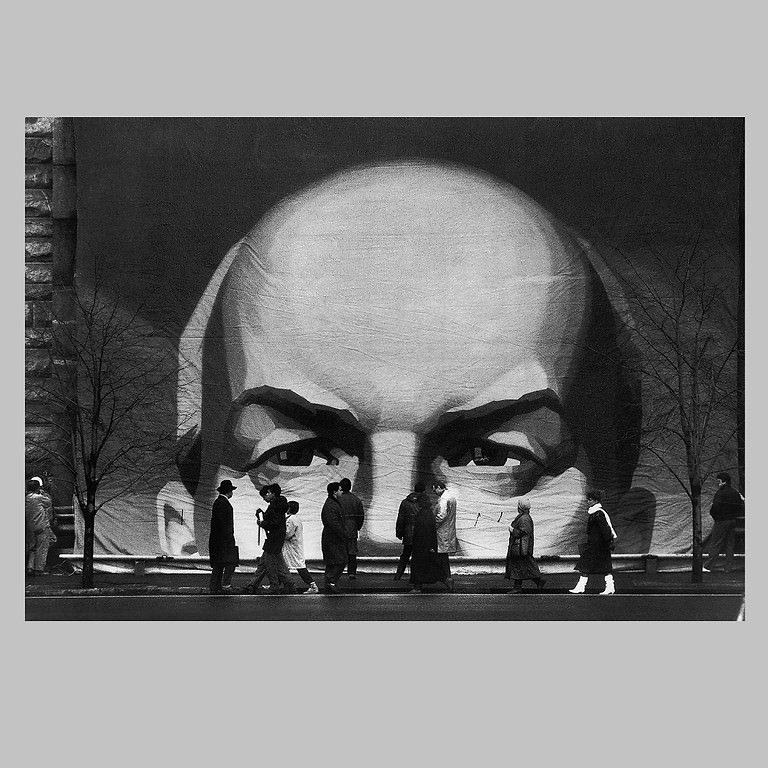
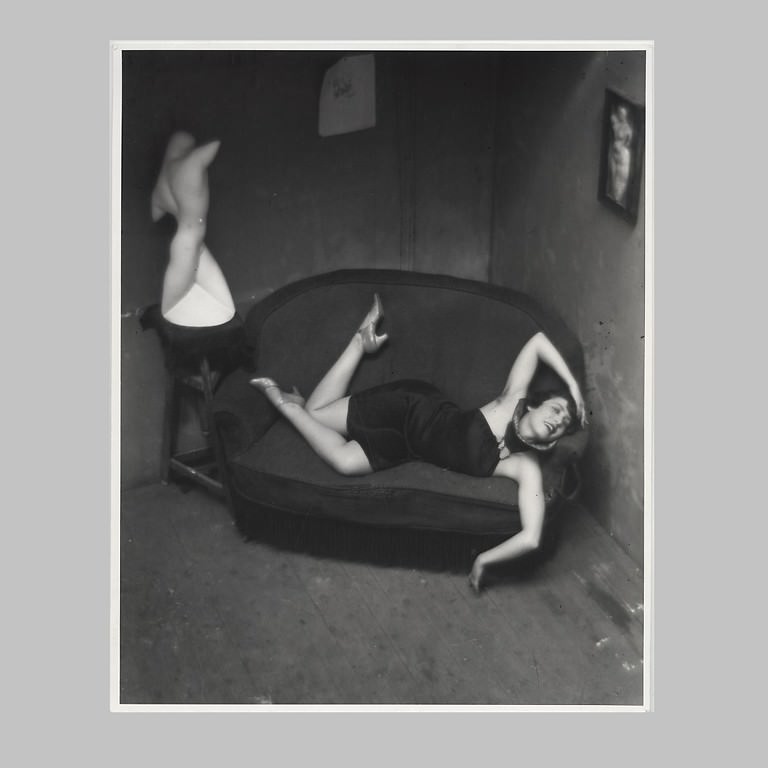
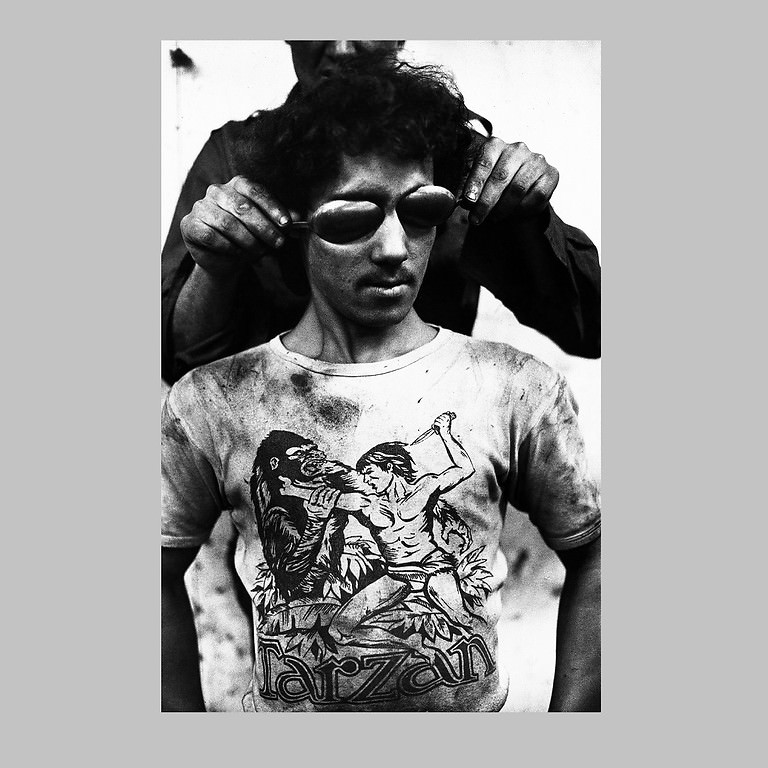
![Robert Capa, [Pablo Picasso and Françoise Gilot, with the painter’s nephew Javier Vilato, Golfe-Juan, France], August 1948 © International Center of Photography/Magnum Photos](https://2014-2018.maimanoarchiv.hu/wp-content/gallery/magyar-tekintet-sajtokepek/tak_widza_robert_capa_pablo_picassso_i_francoise_gilot__international-center-of-photography_magnum_photos_2mxr5oa6vrguyqcokaaq.jpg)
![Robert Capa, [Death of a loyalist militiaman, Córdoba front, Spain], Early September, 1936 © International Center of Photography/Magnum Photos](https://2014-2018.maimanoarchiv.hu/wp-content/gallery/magyar-tekintet-sajtokepek/tak_widza_ropert_capa_smierc_hiszpanskiego_republikanina_international-center-of-photography_magnum_photos_passepartout_2mxr5oa6vrguyqcokaaq.jpg)
The exhibition showcases the work of Brassaï (Halász, Gyula), André Kertész (Kertész, Andor), Robert Capa (Friedmann, Endre Ernő), Martin Munkácsi (Munkácsi, Márton), László Moholy-Nagy, Éva Besnyő, Lucien Hervé (Elkán, László) György Kepes, and more, and places these prominent artists into the – so far – less well-expounded contexts of their masters, contemporaries and peers. While following a relative chronology, the exhibition profoundly builds upon inter-visuality, the cross references of the images rooted in the shared, constantly changing experience of being Hungarian. From masterly cabinet portraits to structured modernist architectural photographs, neo-avant-garde concept art pieces and contemporary visual experiments, the image-experience is rather diverse, yet, it reflects the same Central European historical and cultural context, one way or another, providing a close and comprehensive overview of Hungarian photography.
The catalog essays delineate a much wider context, mapping the tendencies and endeavors within the distinct eras through multiple viewpoints. They provide an overview of their own, highlighting and also questioning the seminal currents by copiously elaborating on the history of Hungarian photography. Supplemented with images from the exhibition, the catalog thus presents and represents an extensive example of a take on the country’s visual exposition.
The essay of Károly Kincses photo-museologist, author of multiple accounts on Hungarian photography, outlines the historic, classical period. With Daugerre’s book published in Hungarian in 1940, his invention thus became available for general use in the Austro-Hungarian Monarchy, bringing about the emergence of a lively photographic scene. While at this time the process was mostly an aid for painters, providing a faster and cheaper way of capturing faces and landscapes, in about 20 years, there were already 14 studios in Pest and Buda, and even more within the borders of Hungary of that era. With a spectacular rise of industrial development, studio photographers, city and landscape photographers travelled freely and documented the changing society, culture and its settings.
At the turn of the 19th and 20th centuries, artistic photography as known today appeared, leading to the modern Hungarian photography of the 1920s. From a socio-historical point of view, much of the 20th-century Hungary existed in a constant flux: governments, uprisings, world wars, extreme ideologies followed one another letting and forcing artists and intellectuals to leave the country. After its defeat in World War I, Hungary lost more than 70 percent of its territory, the citizens dispersed among the neighboring countries. By the 1920s, however, photography had its own language, influenced by the period’s Bauhaus and the new objectivity and formed by artists like László Moholy-Nagy, György Kepes, or photographers like Brassaï, André Kertész, Márton Munkácsi, or Robert Capa. They all emigrated – together with several hundreds of others – from Hungary, primarily for political reasons, or because of the danger of fascism. They moved to Berlin, Paris, London, or New York and created new names for themselves. Yet, many talented and noteworthy photographers remained in Hungary searching for opportunities to conduct modern and socially sensitive photography in a gradually closing country.
Developments after WWII are discussed by Klára Szarka photo-historian, observing how the expanding communist regime took control on photography by dragging it into the political struggle and how the emigration wave after 1956 Revolution resulted in the birth of morally and existentially concerned approaches. Kata Balázs art historian and Gabriella Csizek survey on the rise of the prevailing photojournalistic and social documentary trends stands as an indispensable supplement to the understanding of a particular Hungarian style as well as an implication to their enduring ubiety in Hungarian photographic expression.
The distinctive neo-avantgarde of the 1960s through the 1980s is engagingly expounded upon by Sándor Szilágyi, PhD, writer on photography. The prominent artists of the first generation of Hungarian neo-avant-garde emigrated to Western Europe and the United States not necessarily to fulfil their dreams. The later generations stayed, receiving opportunities and sometimes political support (and control at the same time). The photographers of the new wave of the 1980s and 1990s belonged to a generation born after 1956, their subjective documentary photography was an adequate answer to the reality of the gradually eliminating political power: they have created the visual language of the desired freedom.
Contemporary trends and artists after the change of regime in 1989 are reviewed by Gábor Pfisztner, art historian. With the fall of the Iron Curtain, there came an access to new techniques as well as to the world outside the borders, something that had not or hardly been available before. The political and social changes were realized in a – relatively – open economy and society raising new aspects of photography. With the implementation of international tendencies, artists translated them to individual preferences and local reflections, utilizing the photograph as a medium and crossing the boundaries of genres. In addition, yet due to causes other than their predecessors had, contemporary Hungarian photographers still find their ways to Berlin and New York, following their masters’ paths.
To echo Robert Capa’s famous saying, “If your photographs aren’t good enough, you’re not close enough.”, the exhibition invites its audience to take a step closer to the images and immerse themselves in the world of well-known authors now situated in a more profound correlation. Like an archive, it holds together the most diverse fragments of personal experiences and brings them together in one sequence of images, enabling the viewer to make their own curious discoveries. As photography is directly connected to reality by immediately reflecting on the current social environment and by creating a personal sense of reality, the images of the exhibition, contextualized by descriptions or quotes by the artists themselves or the assessment from historical perspectives, transfer an imprint of the living tissue of the Hungarian photographic experience – a creative, diverse, at times transitory, quietly subversive, but relentlessly present form of visual expression.
(Gabriella Csizek, curator)
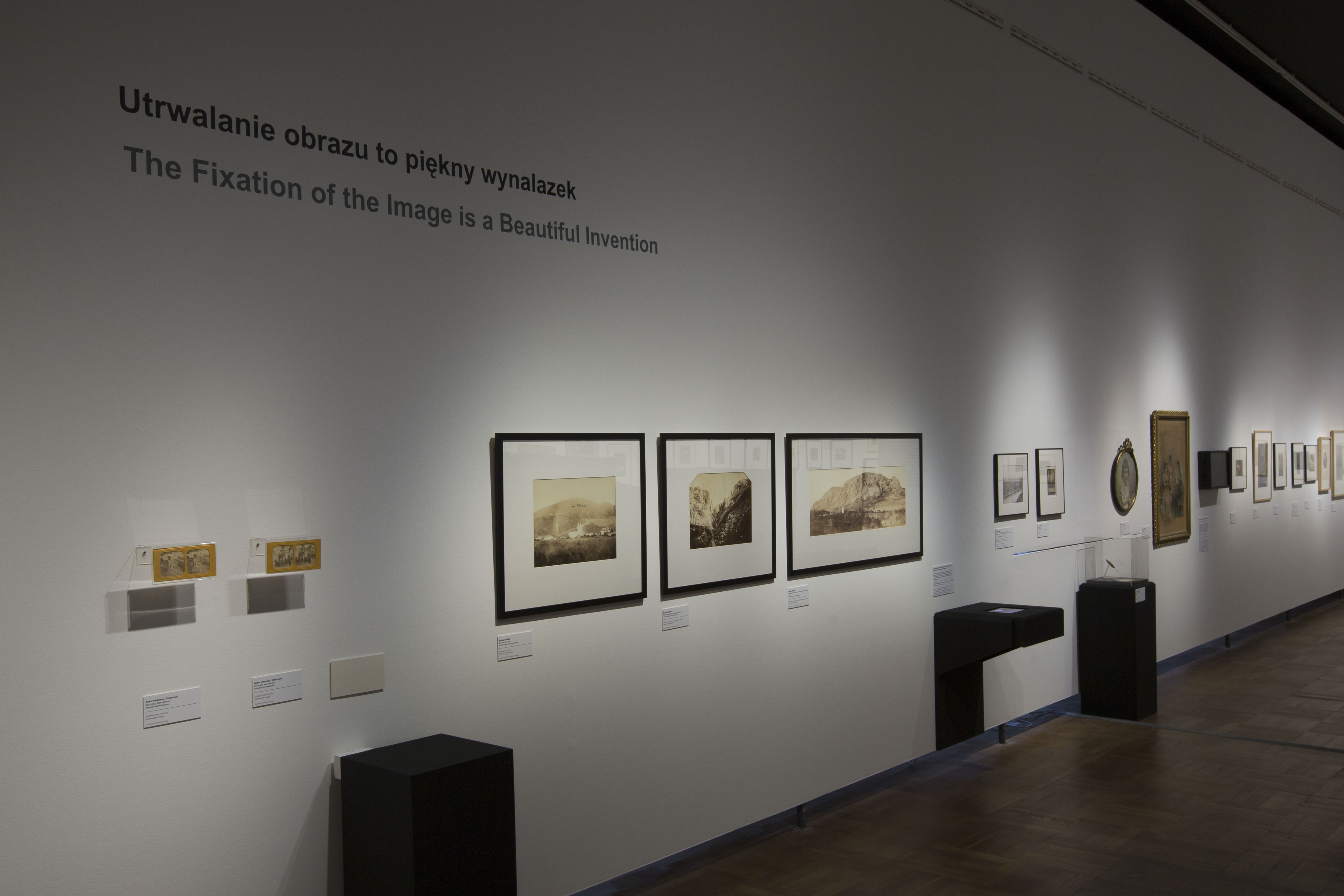
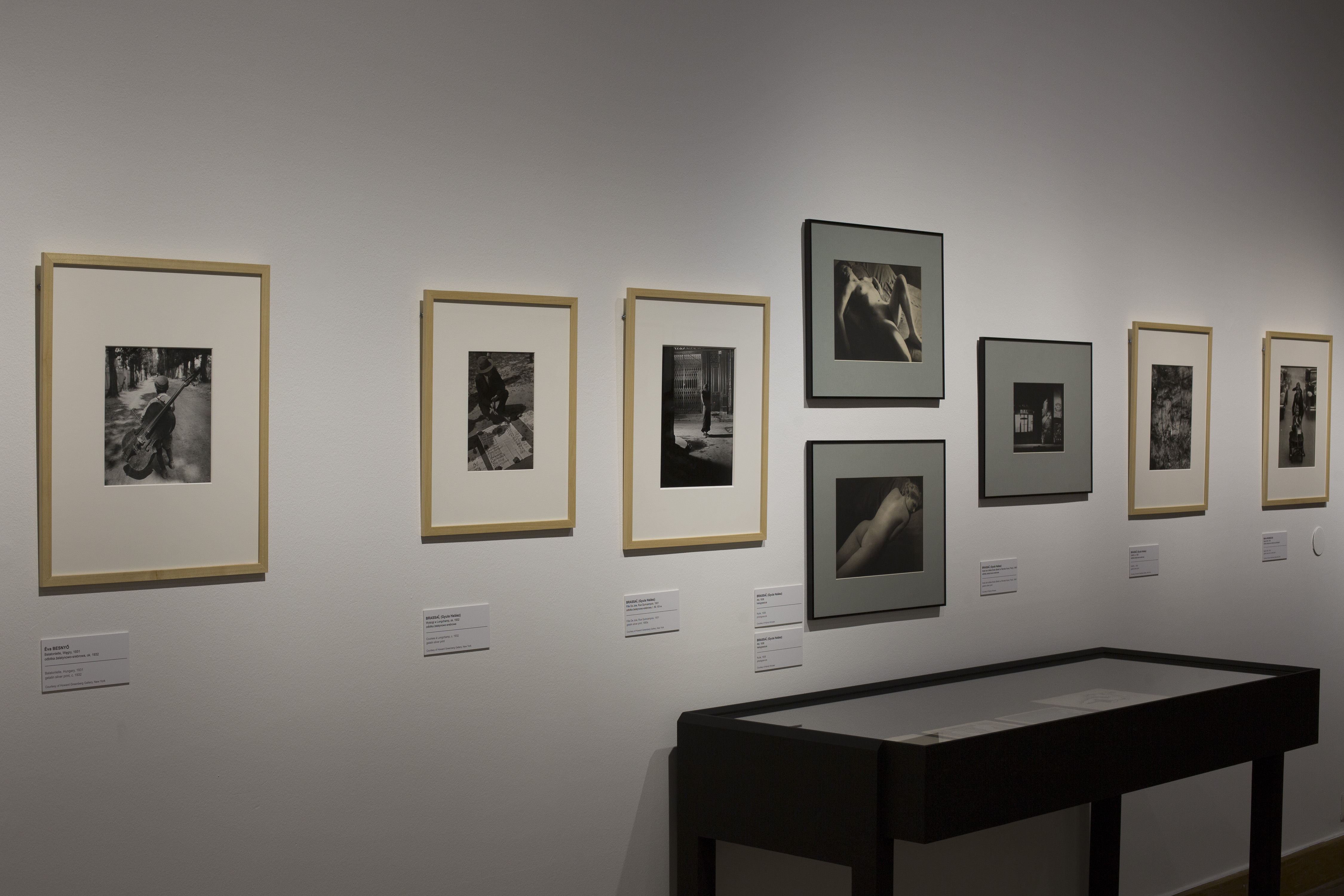
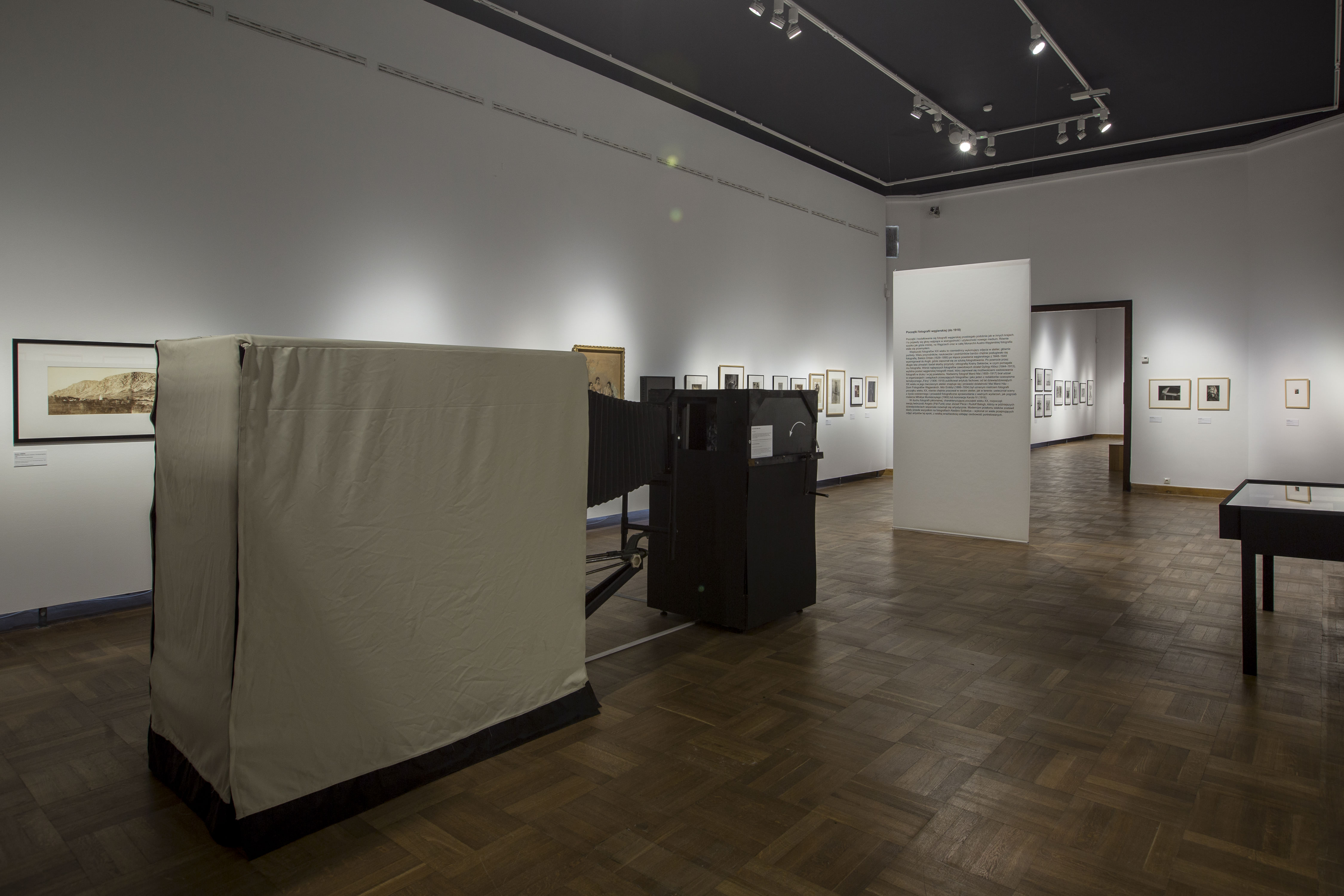
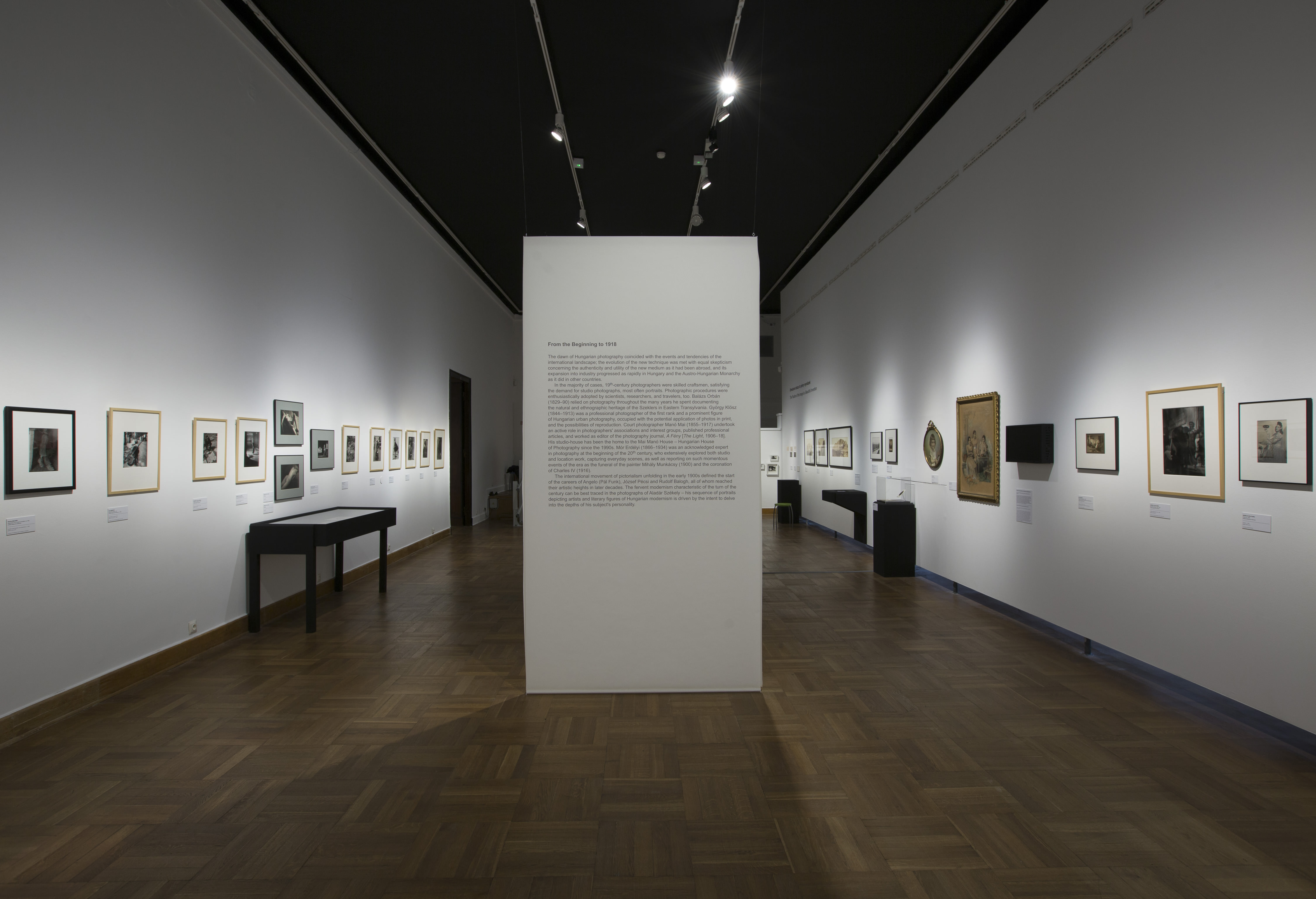
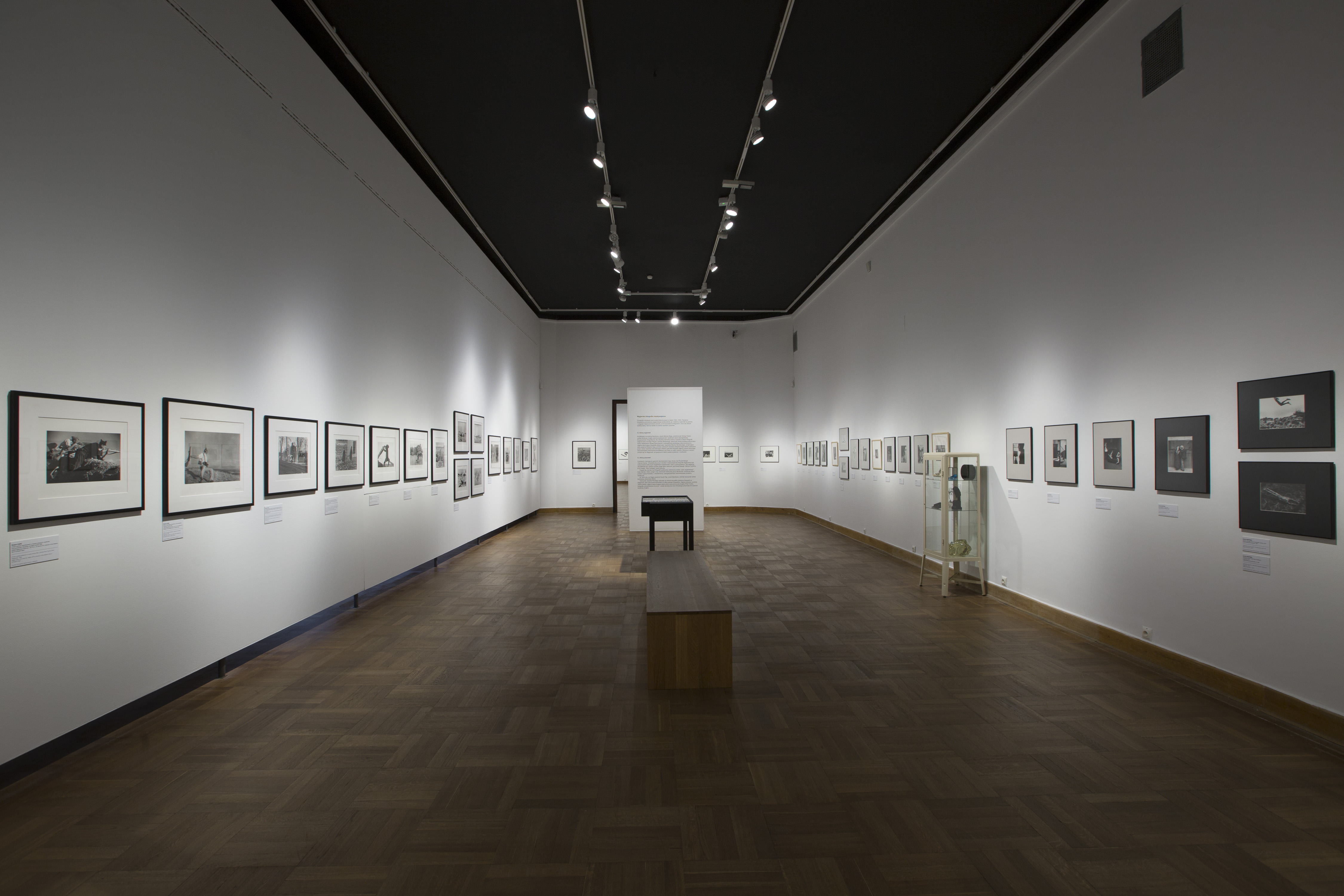
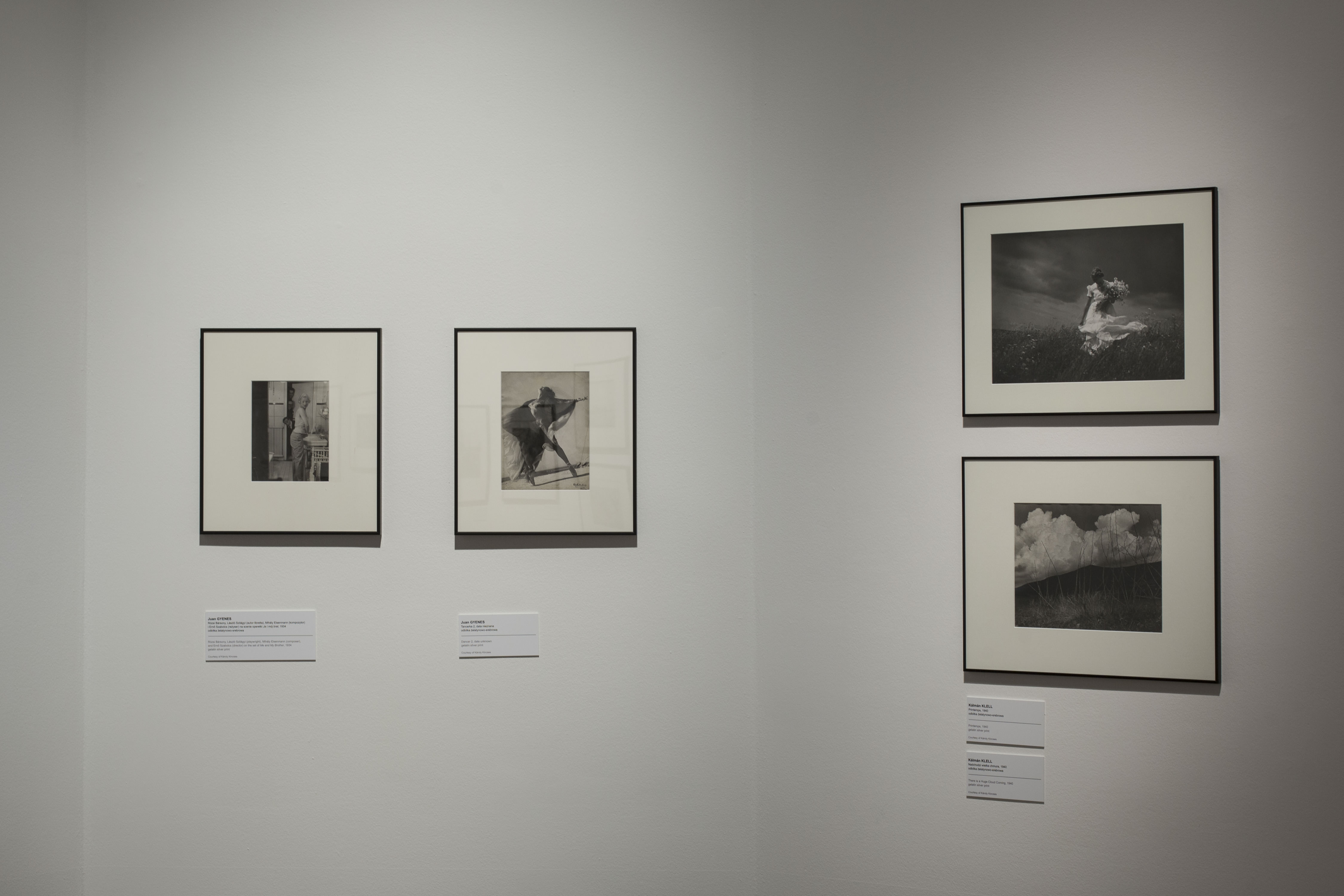
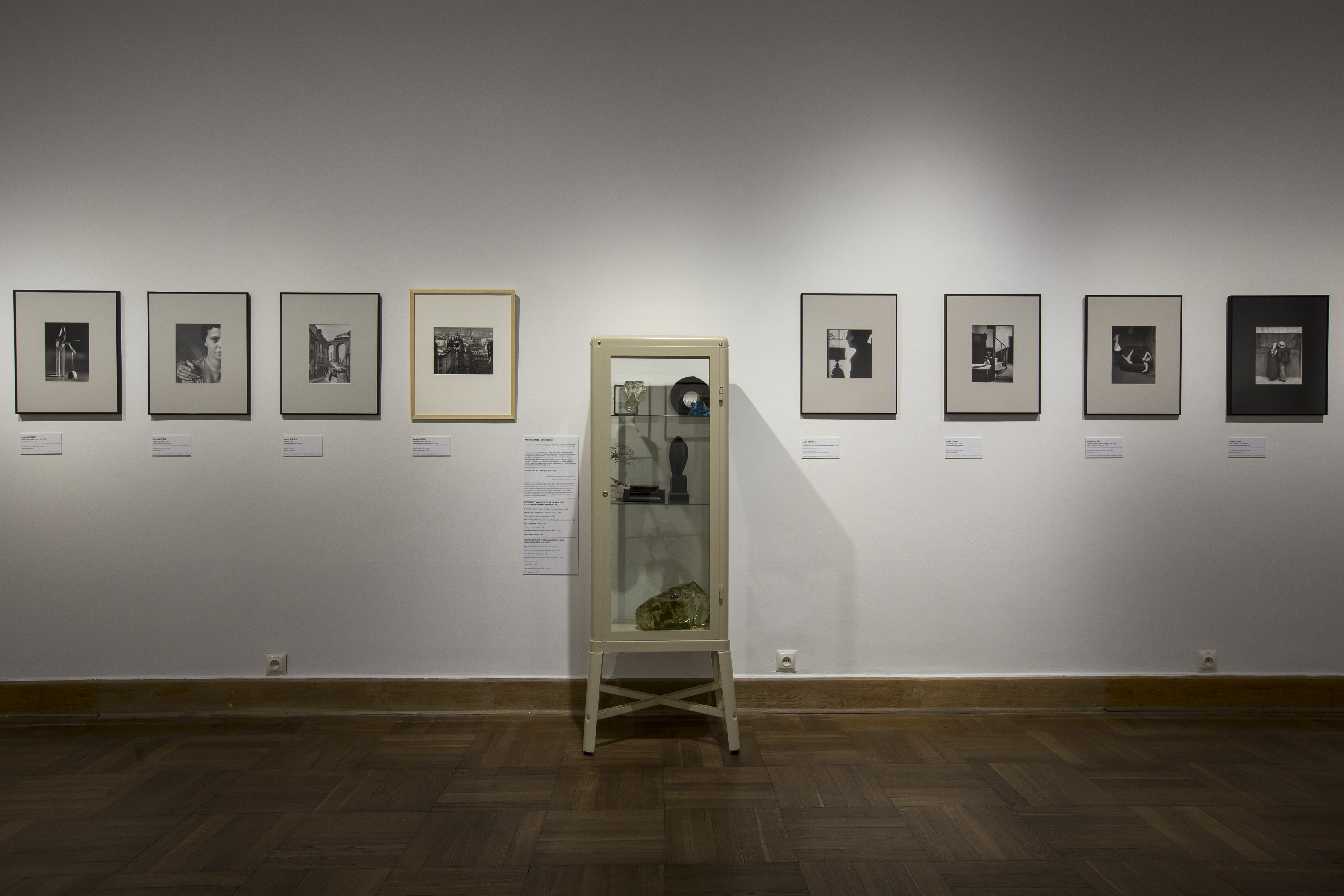
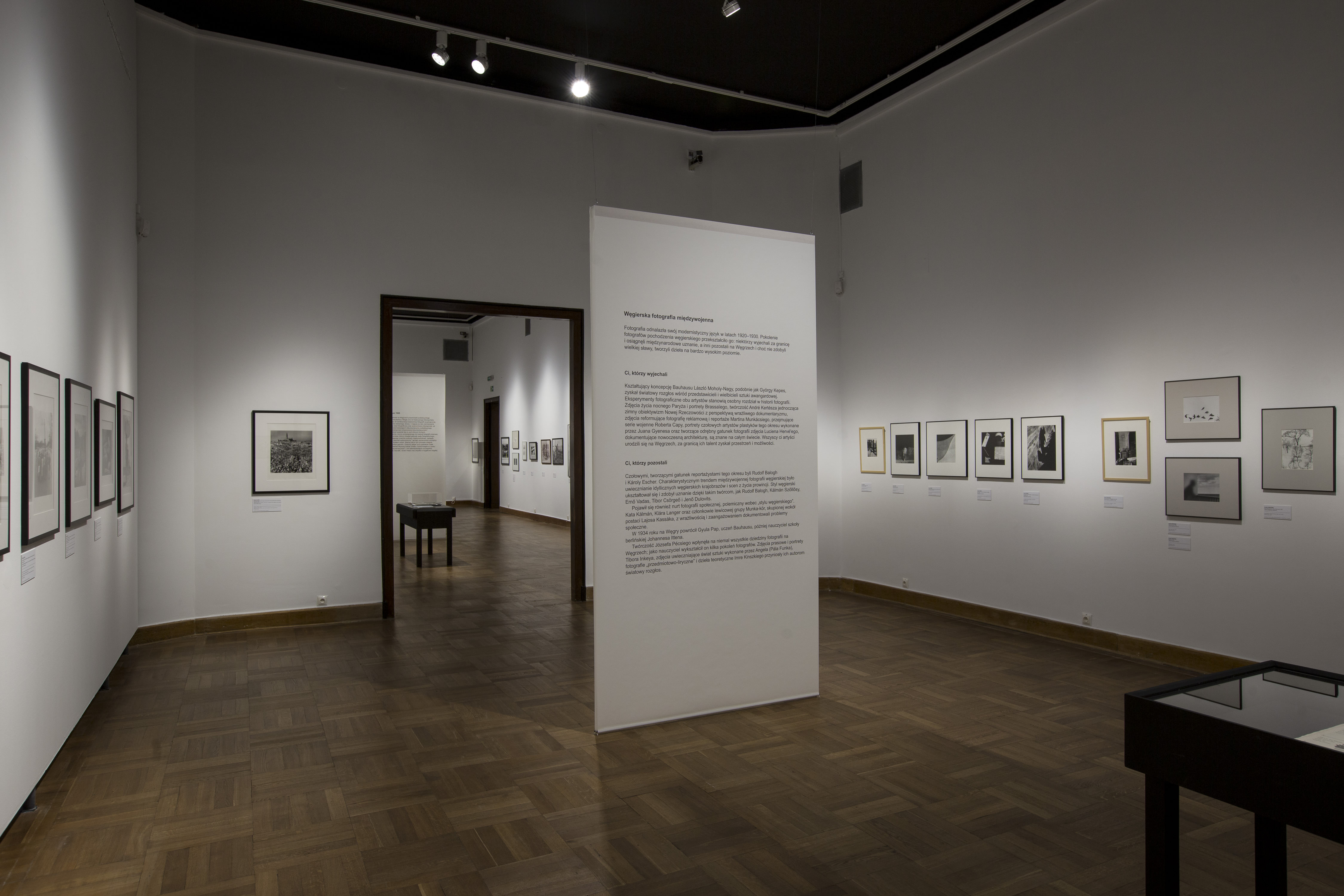
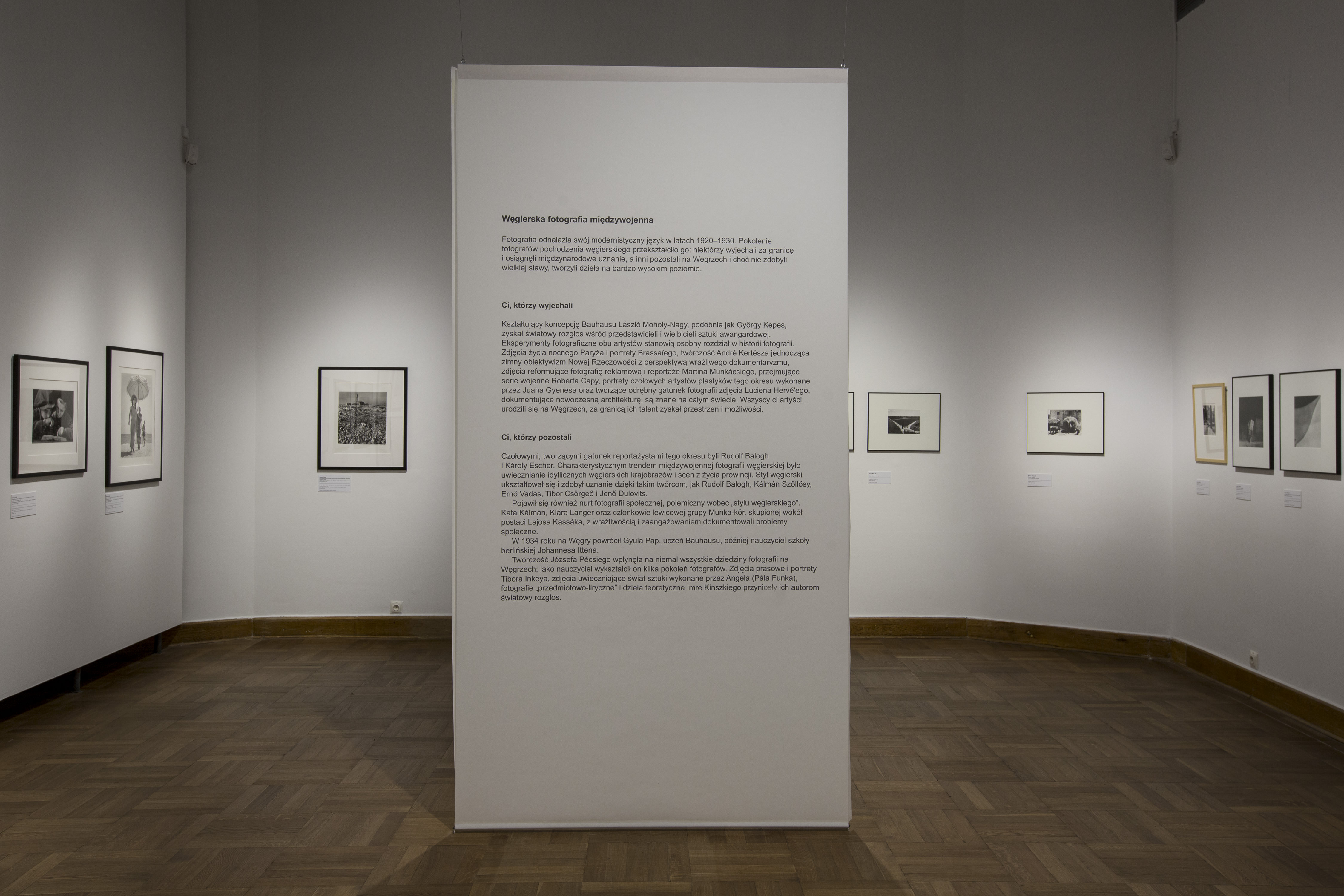
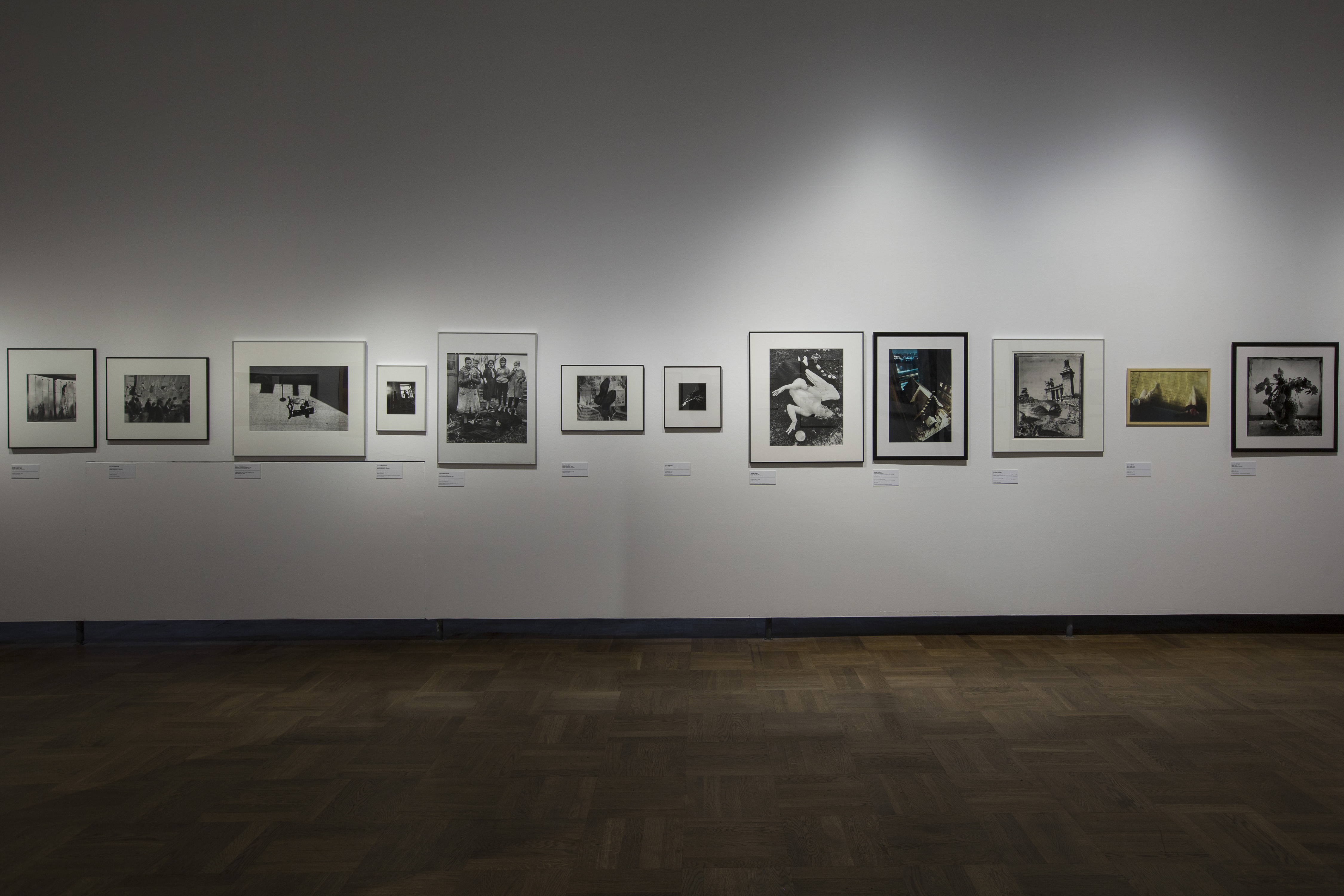

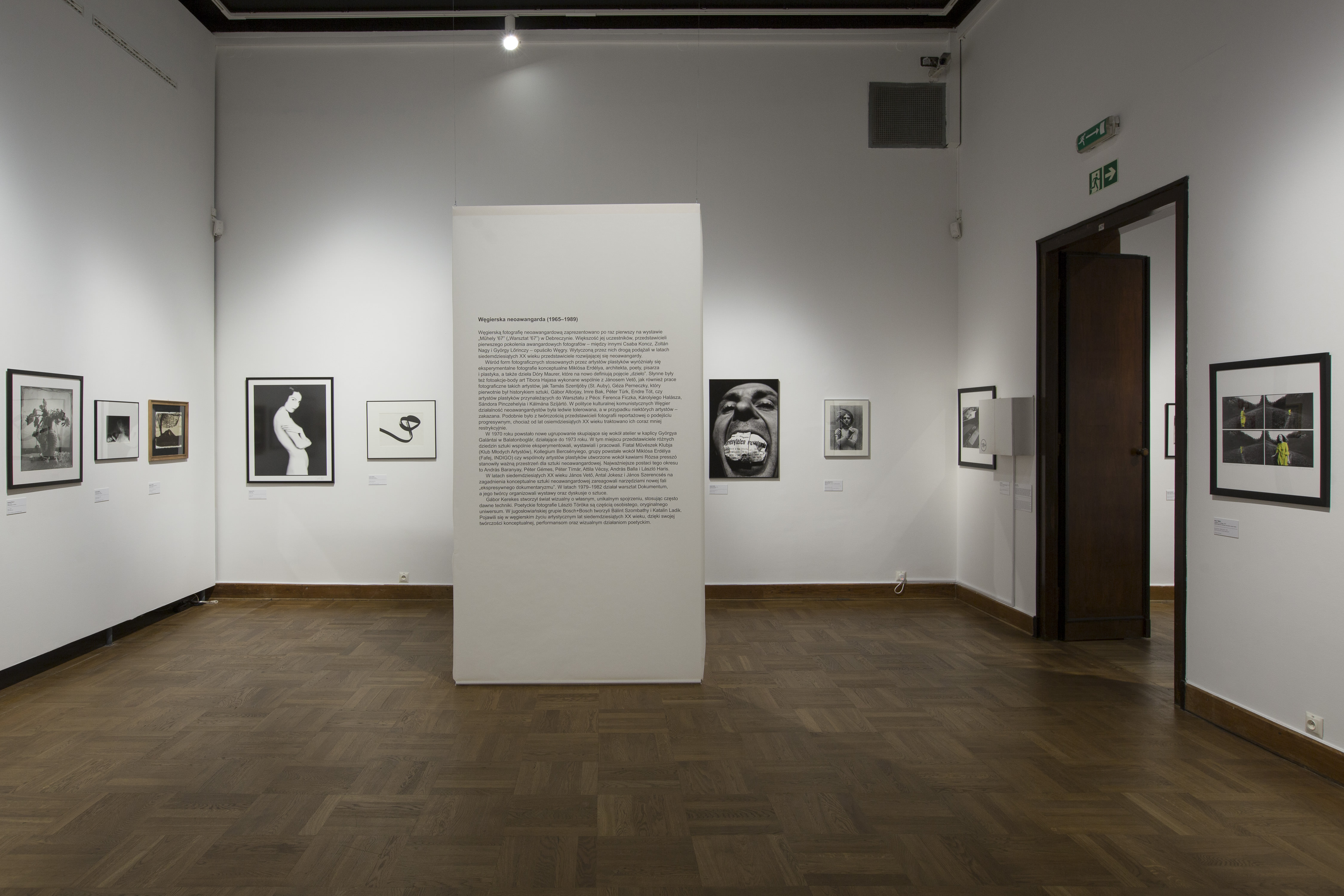
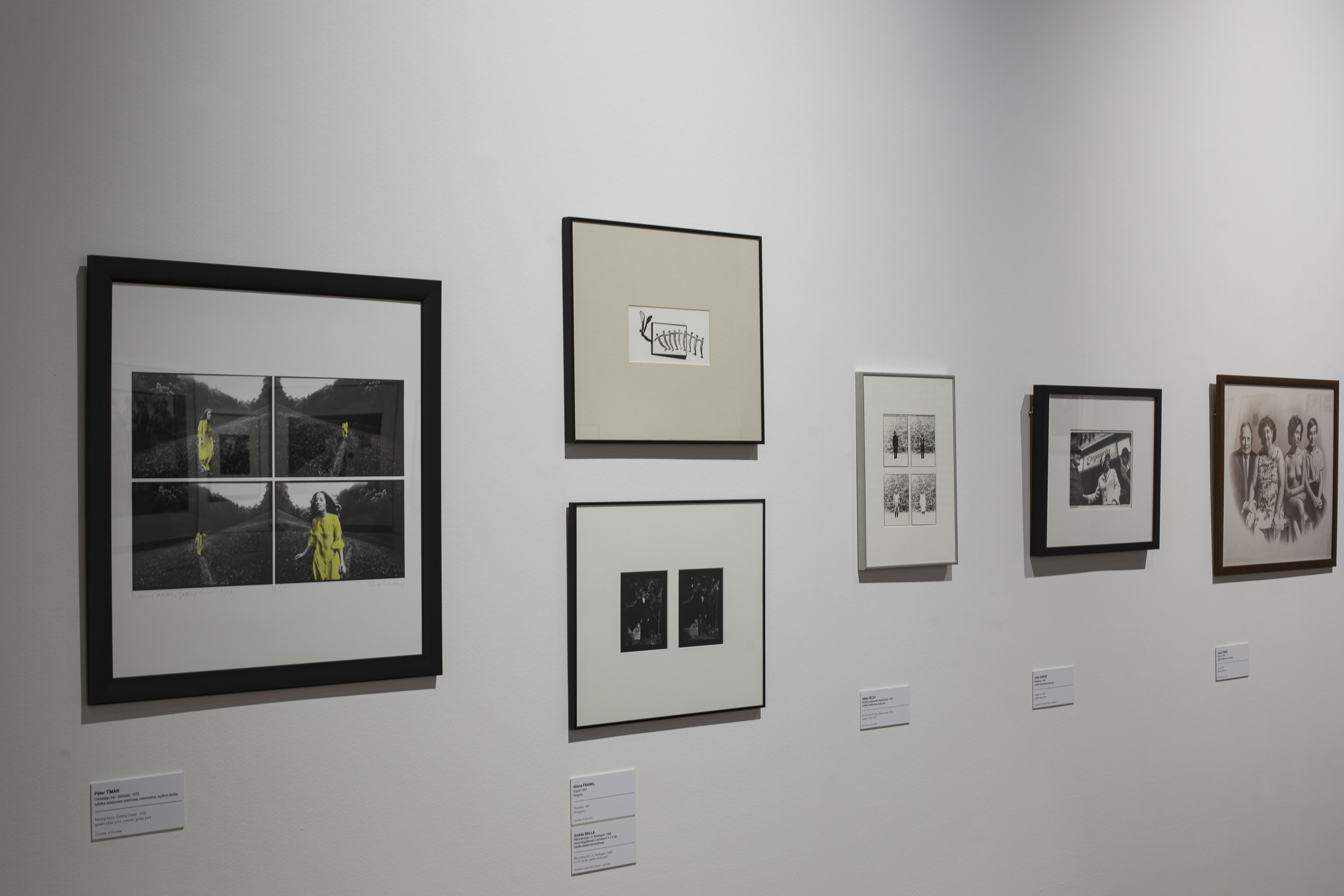
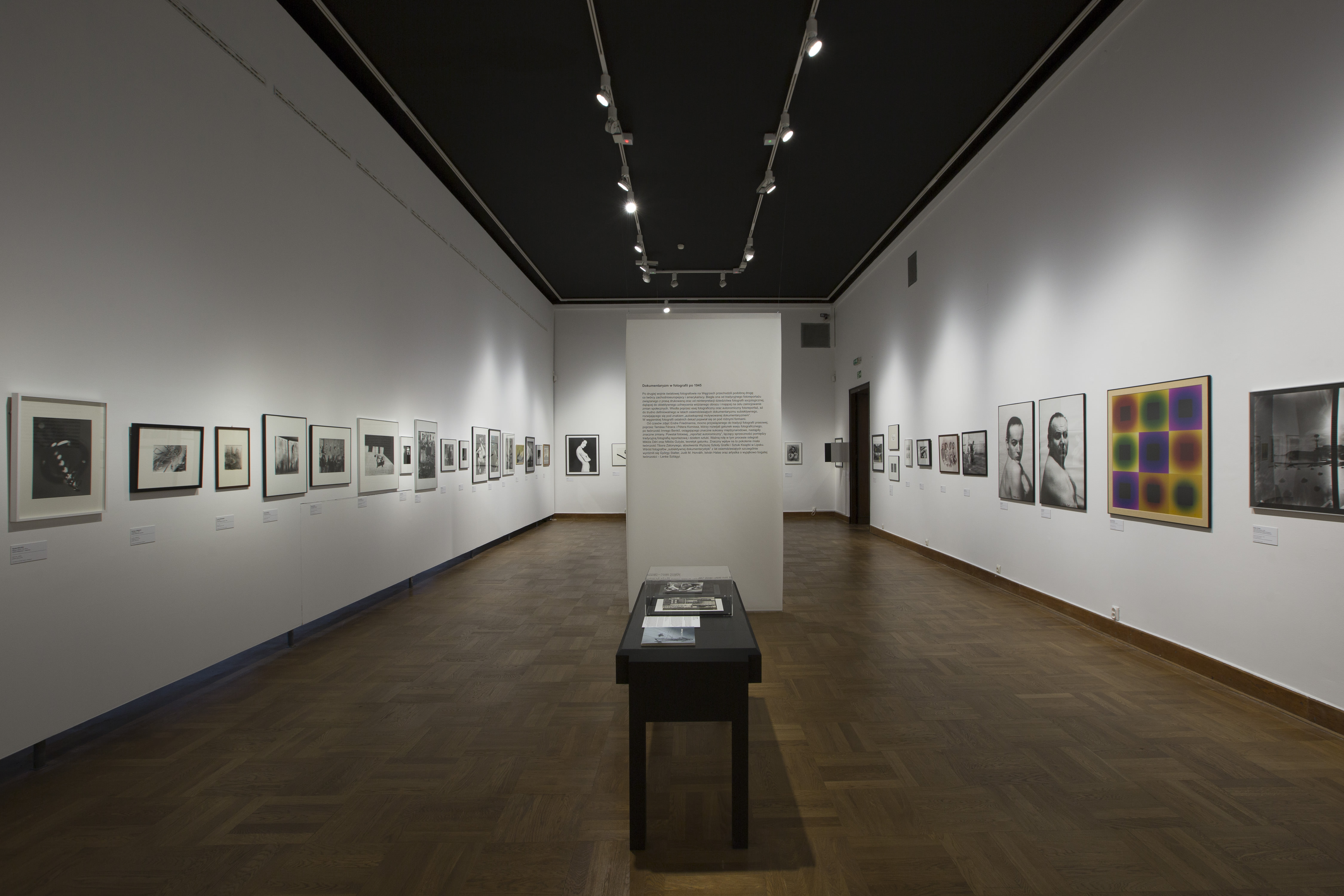
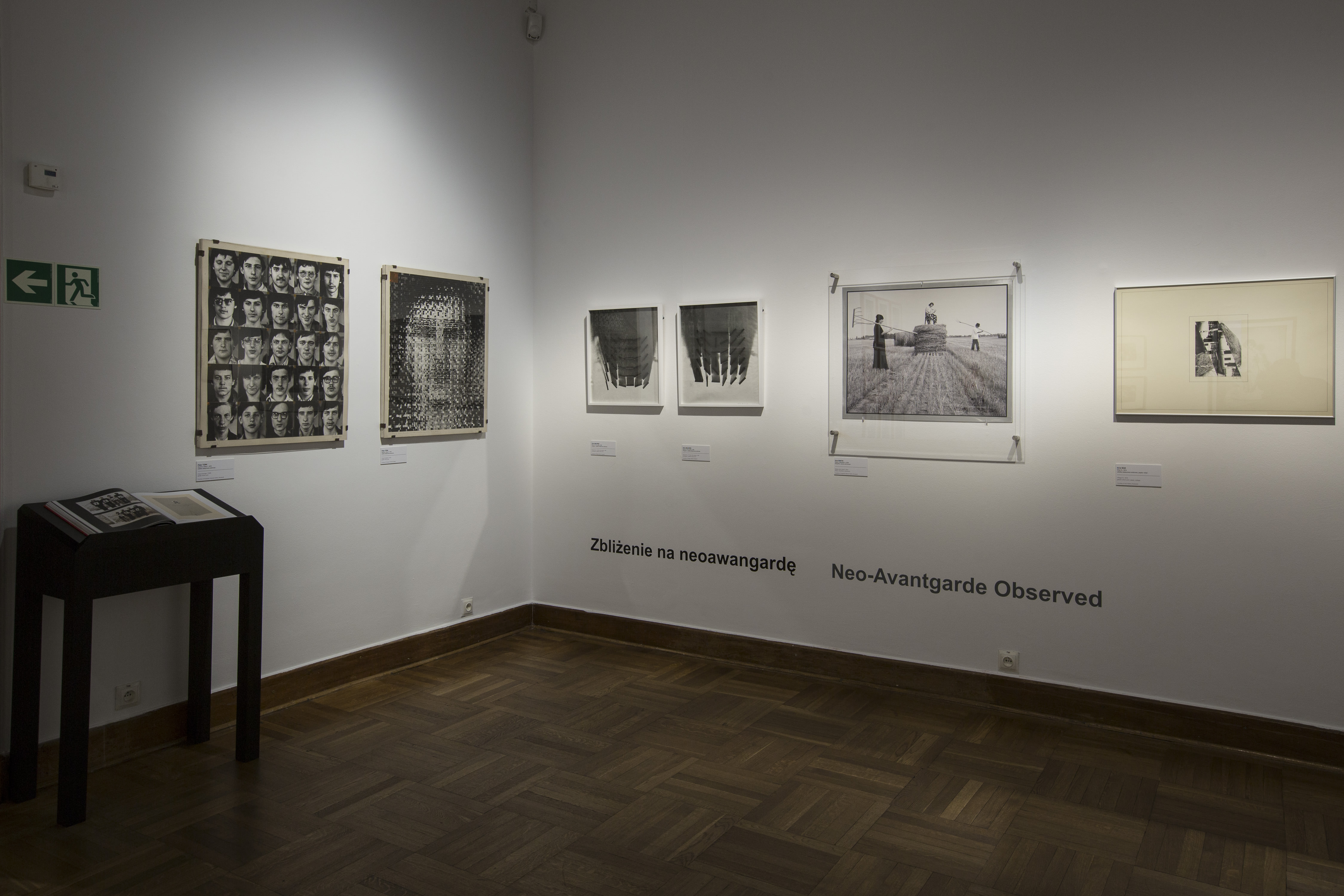
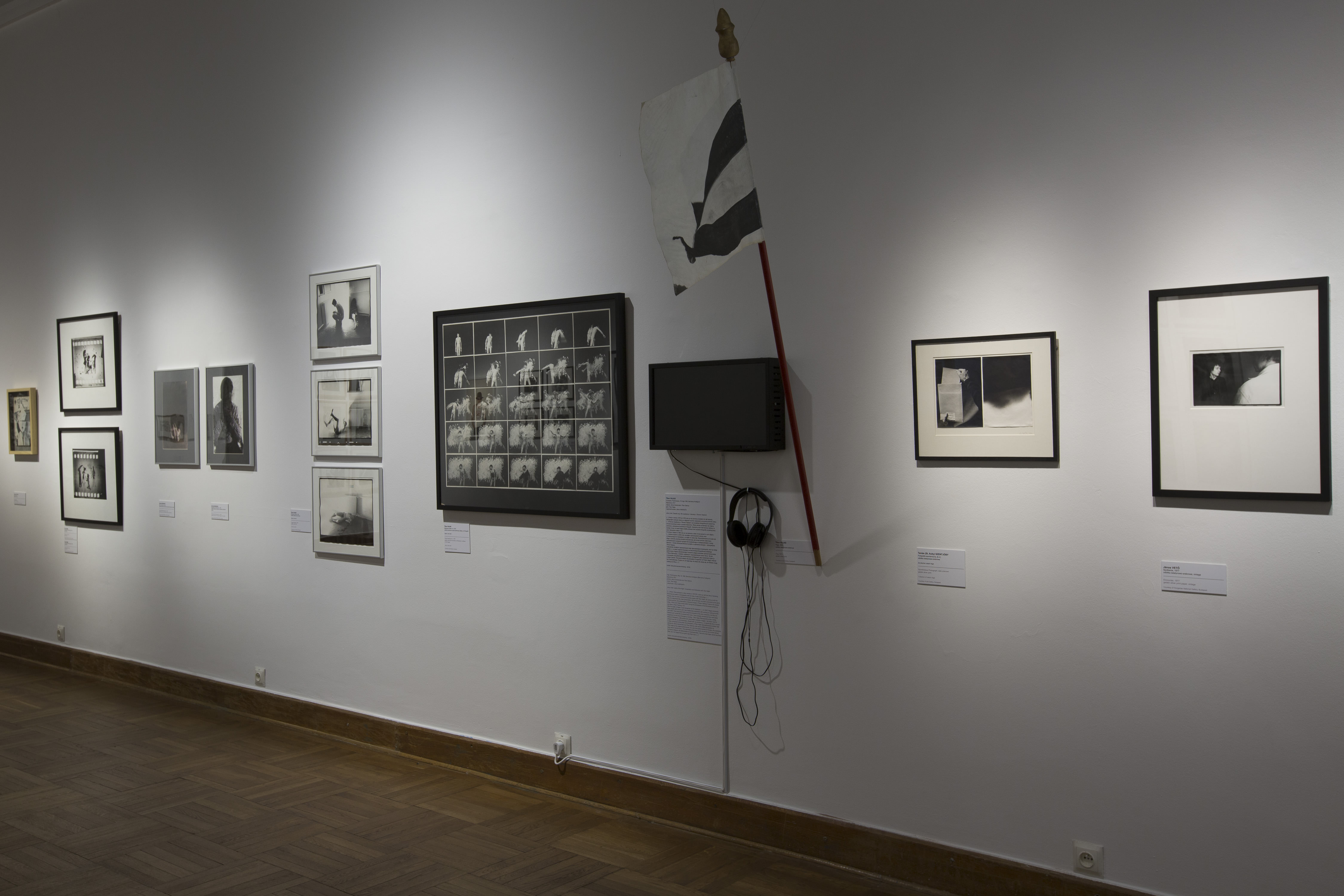
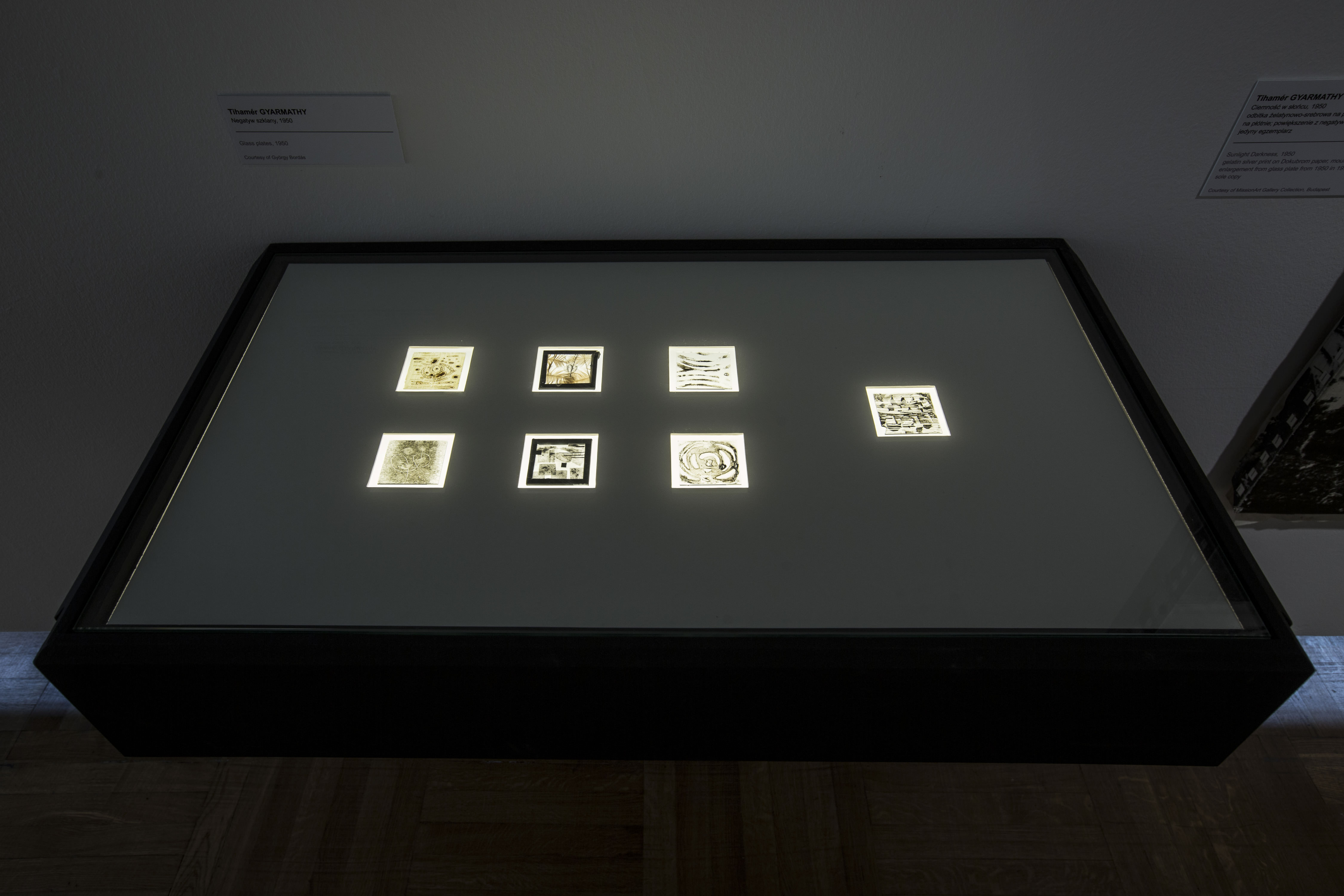
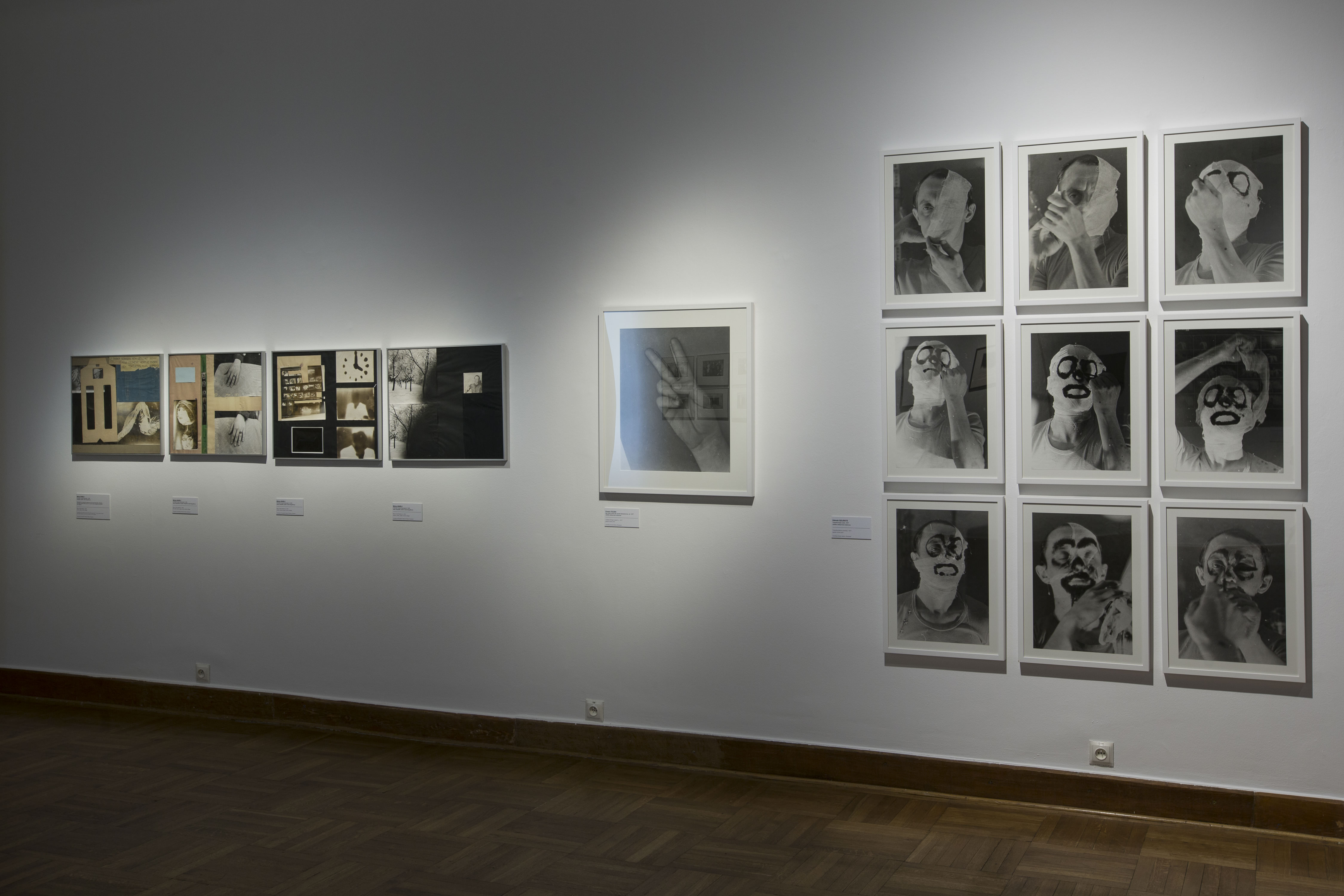
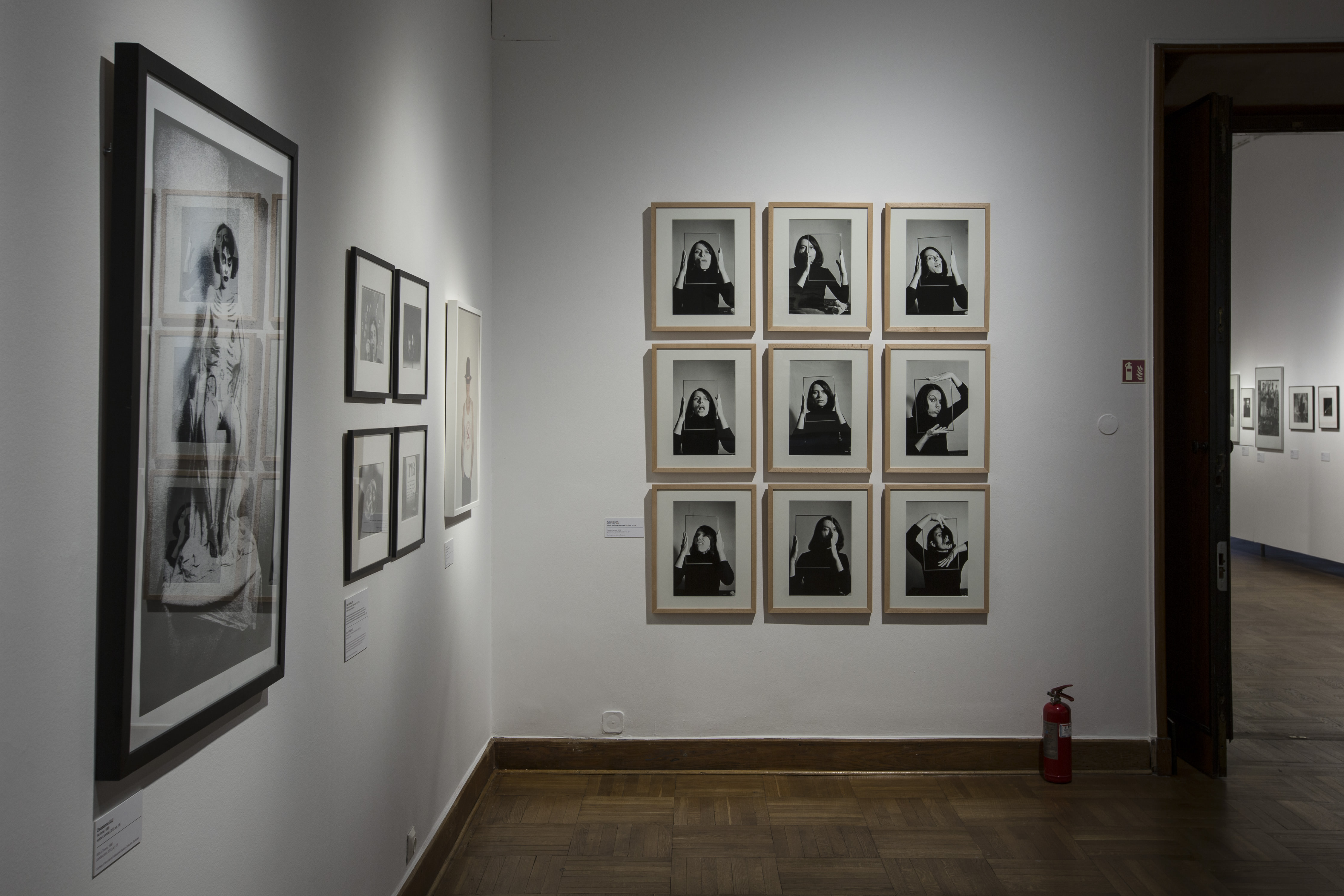
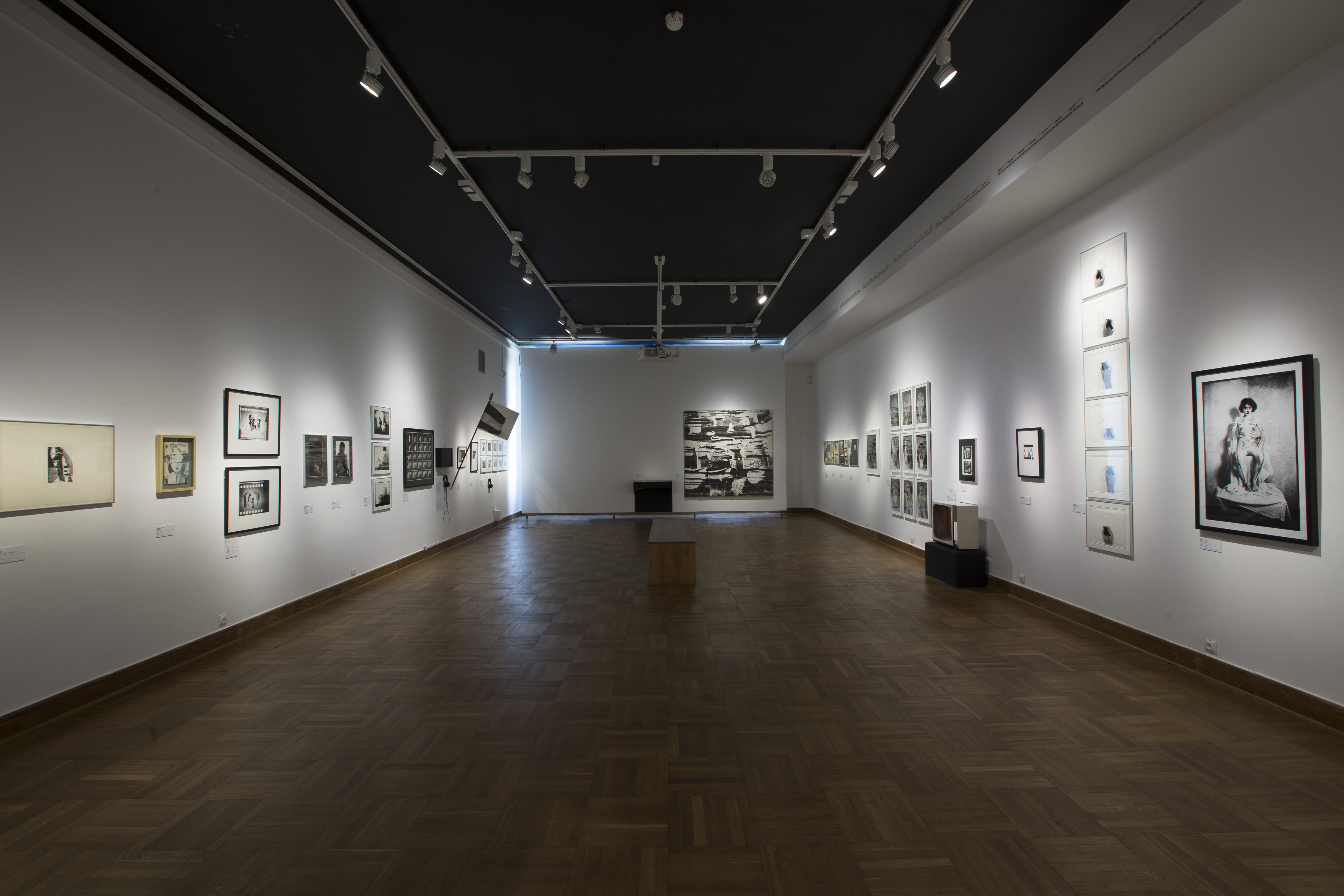
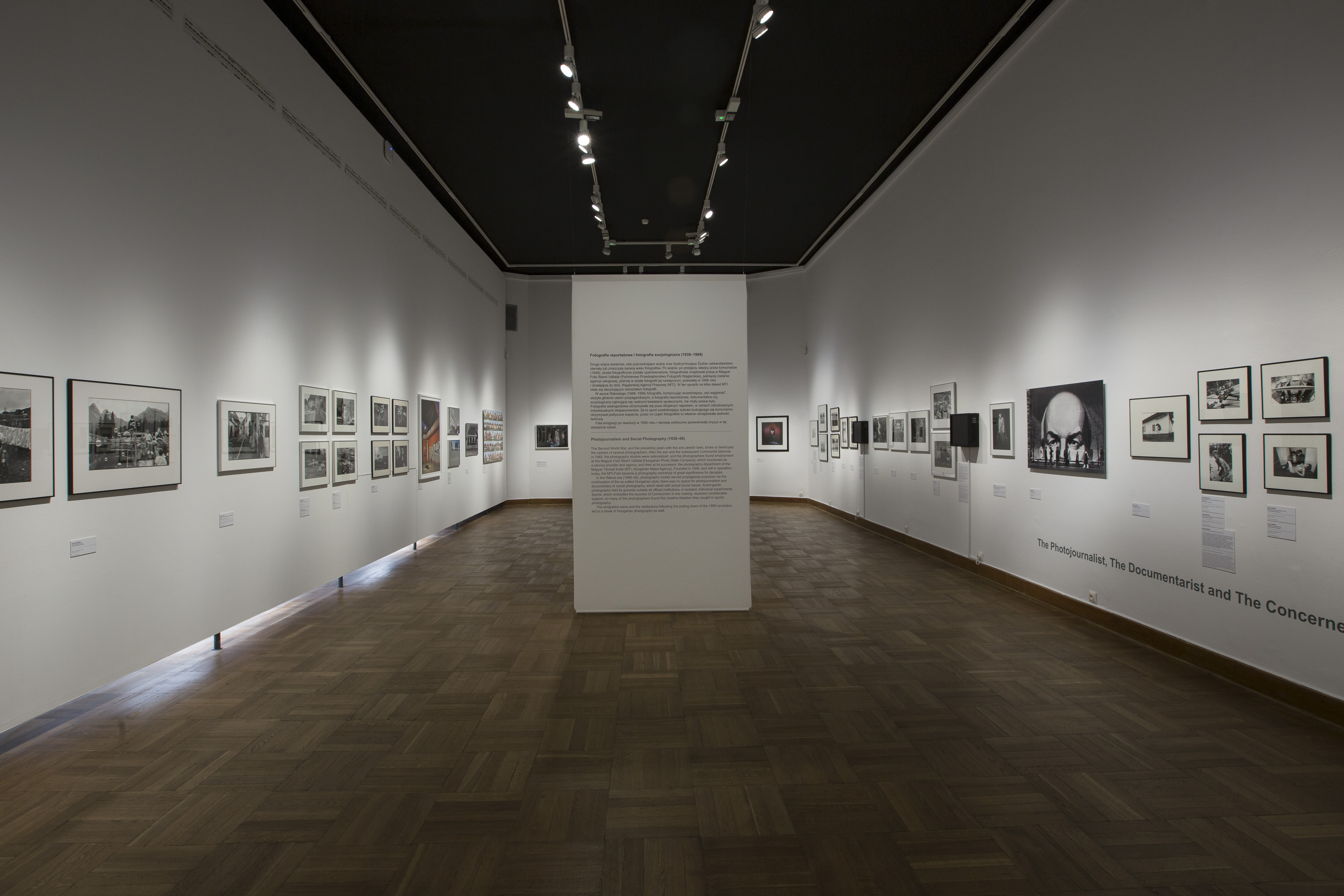
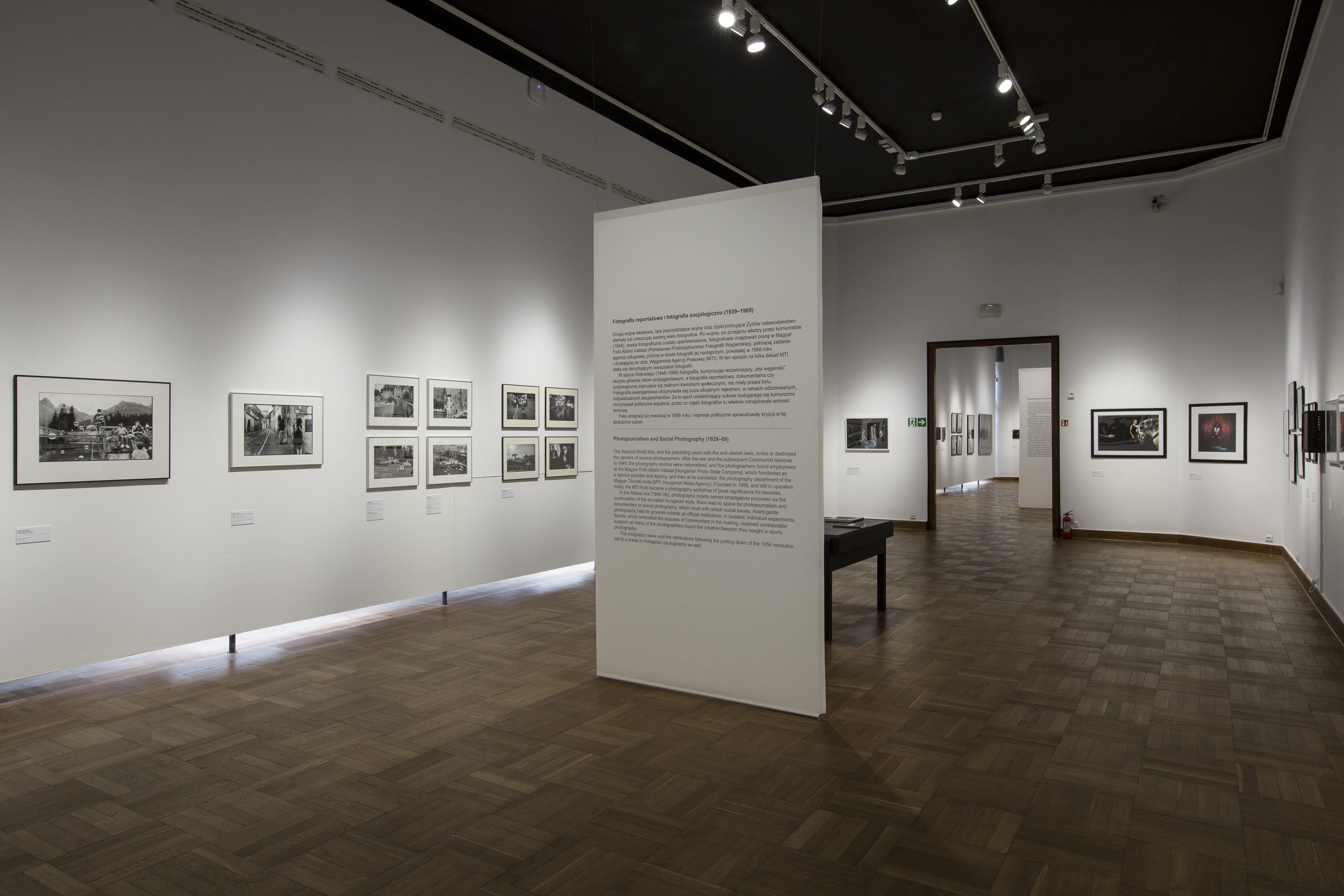
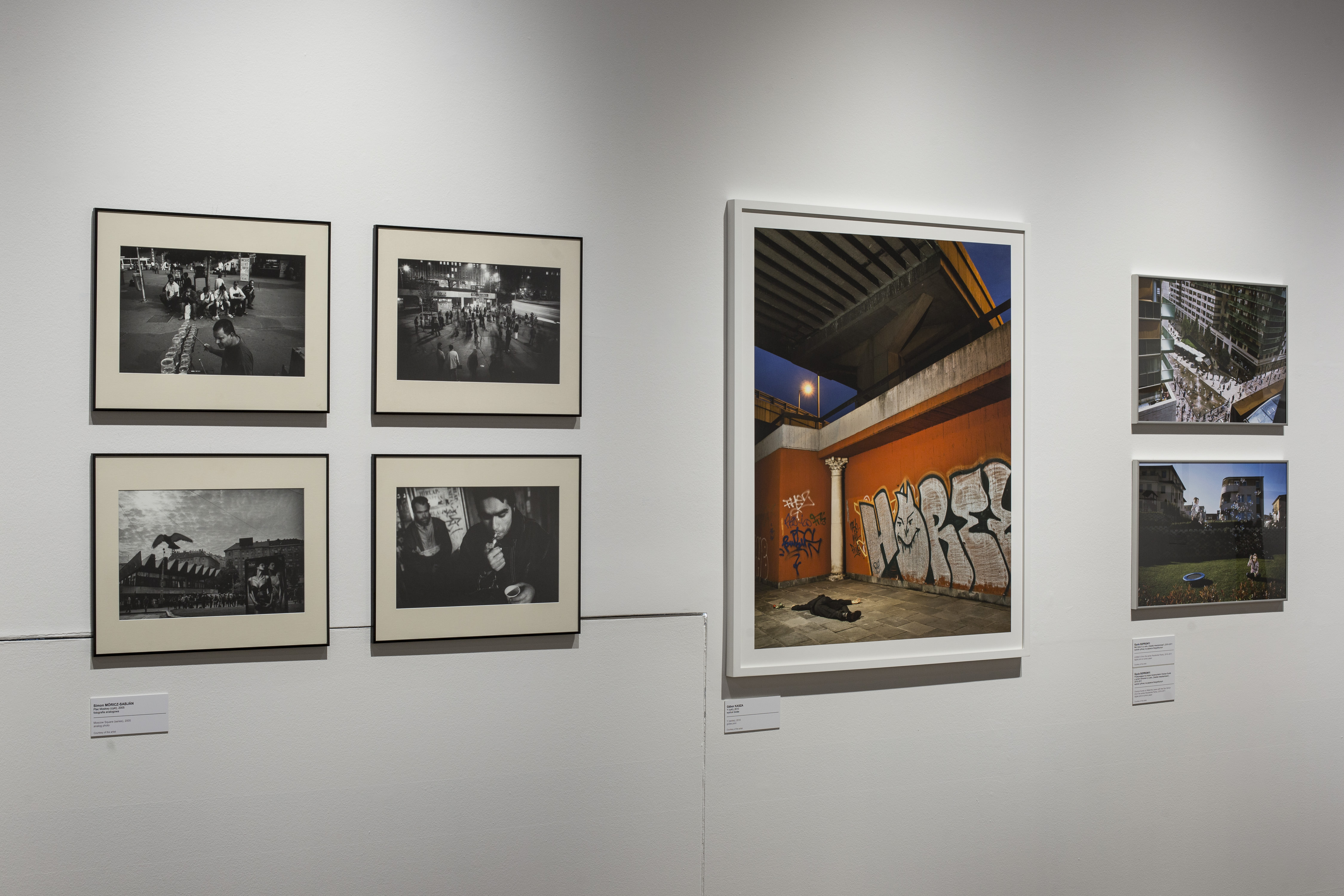

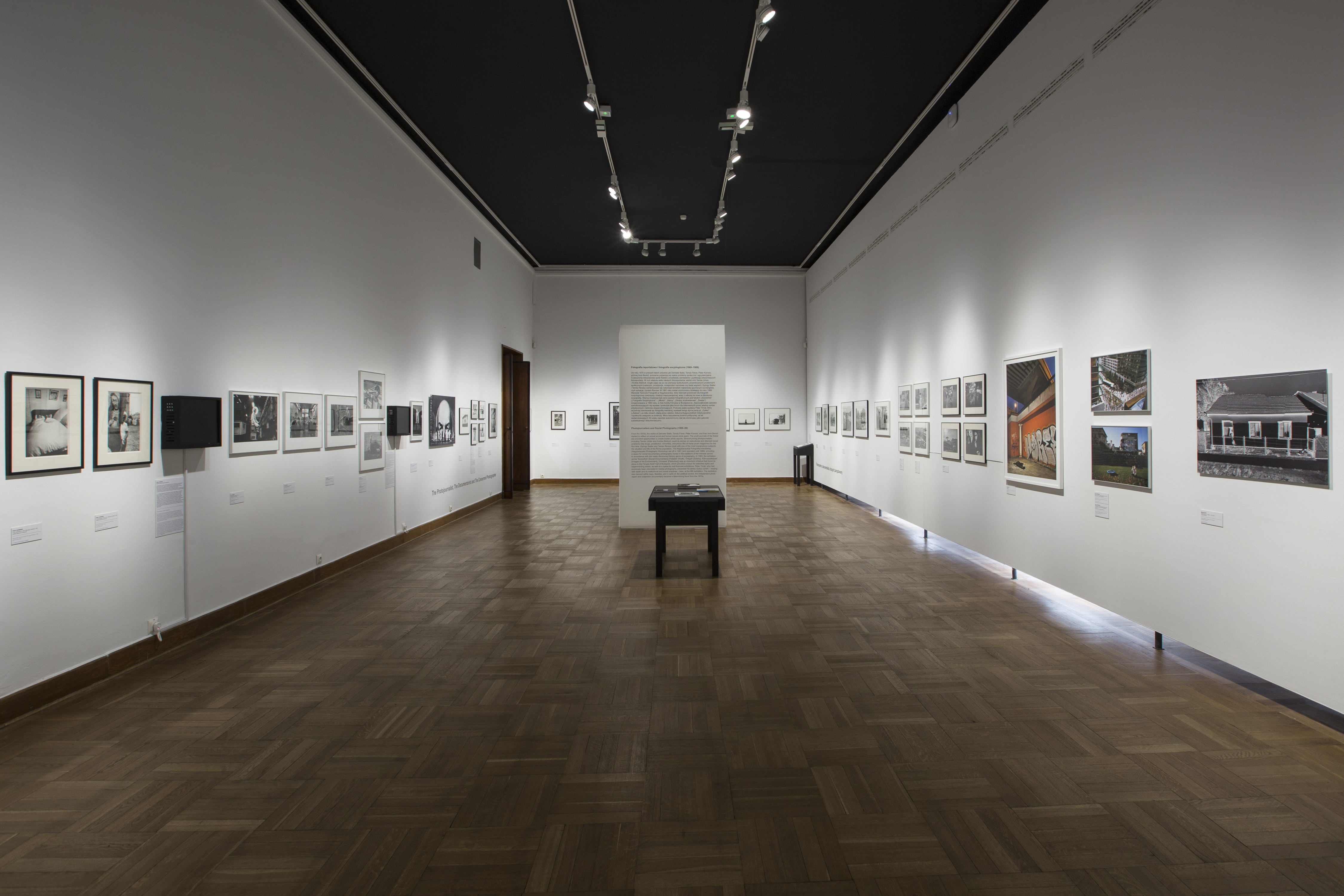
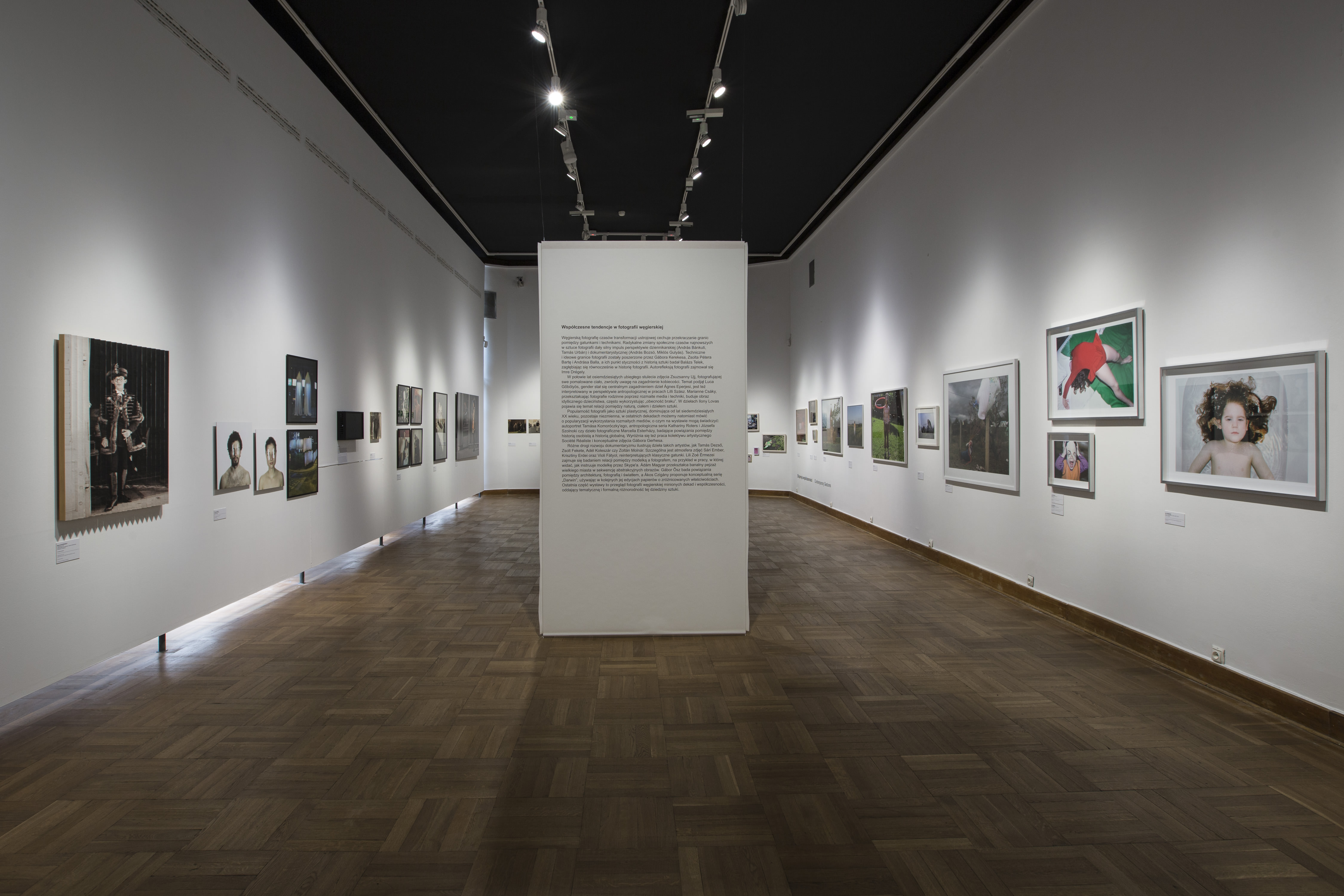
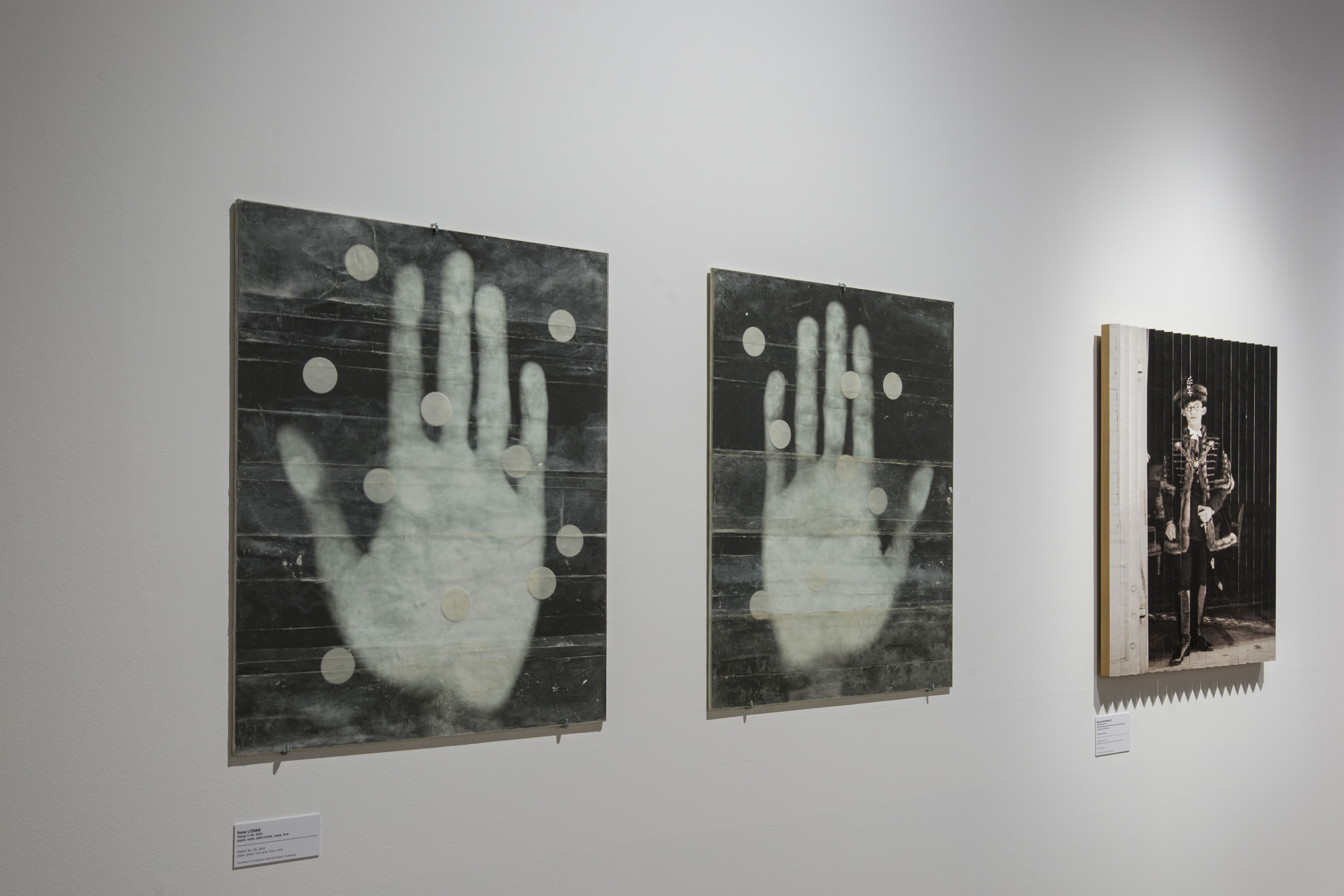
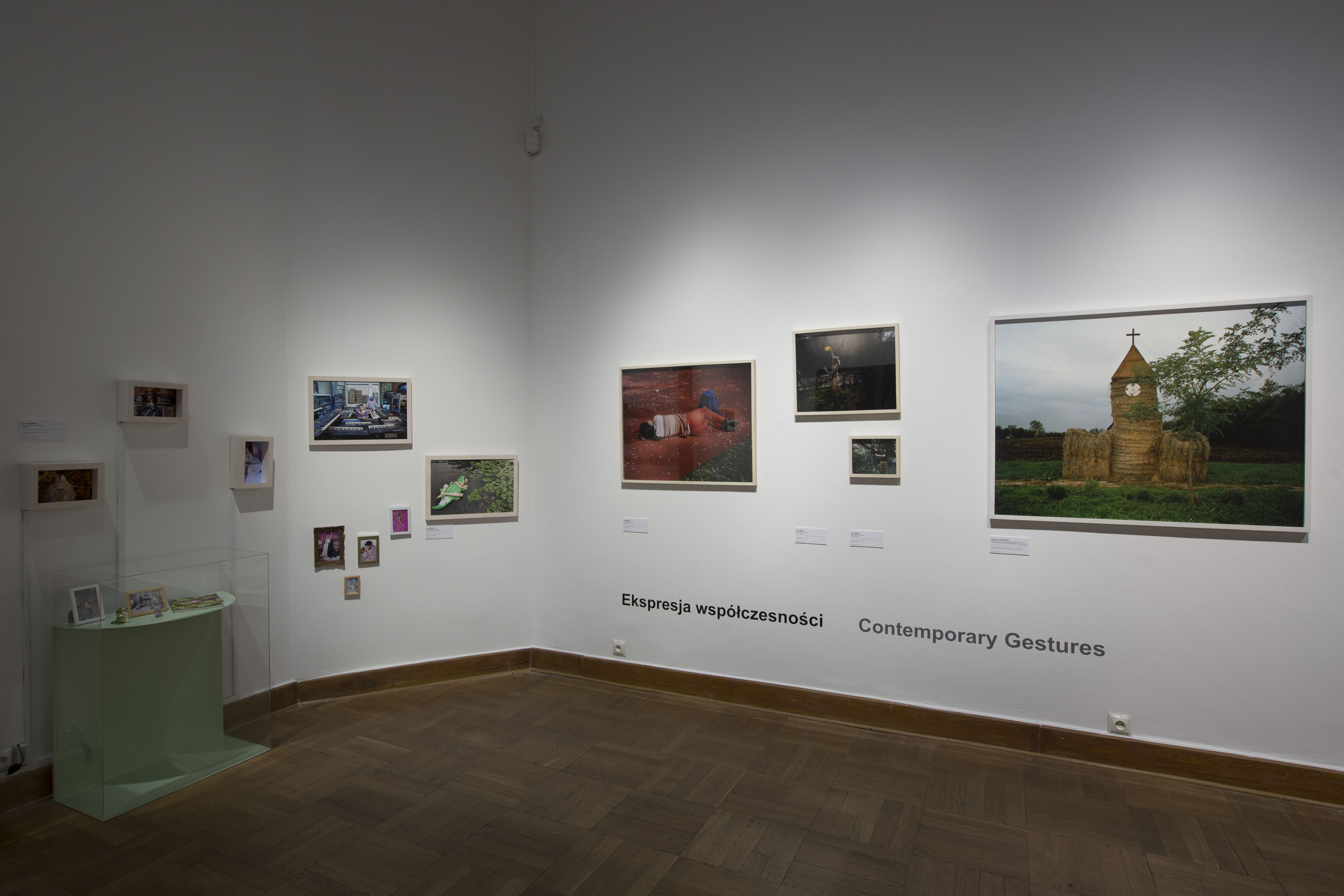
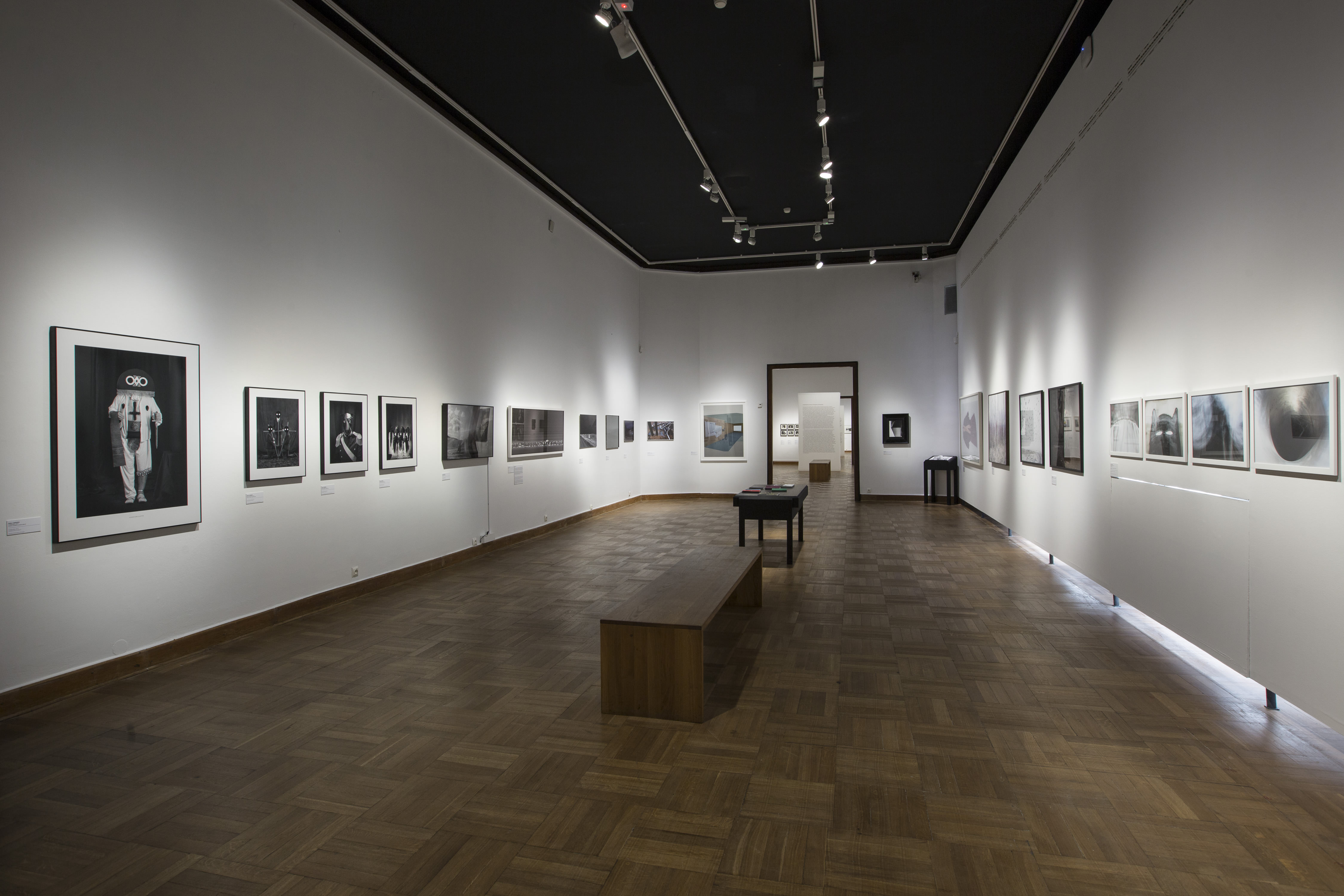
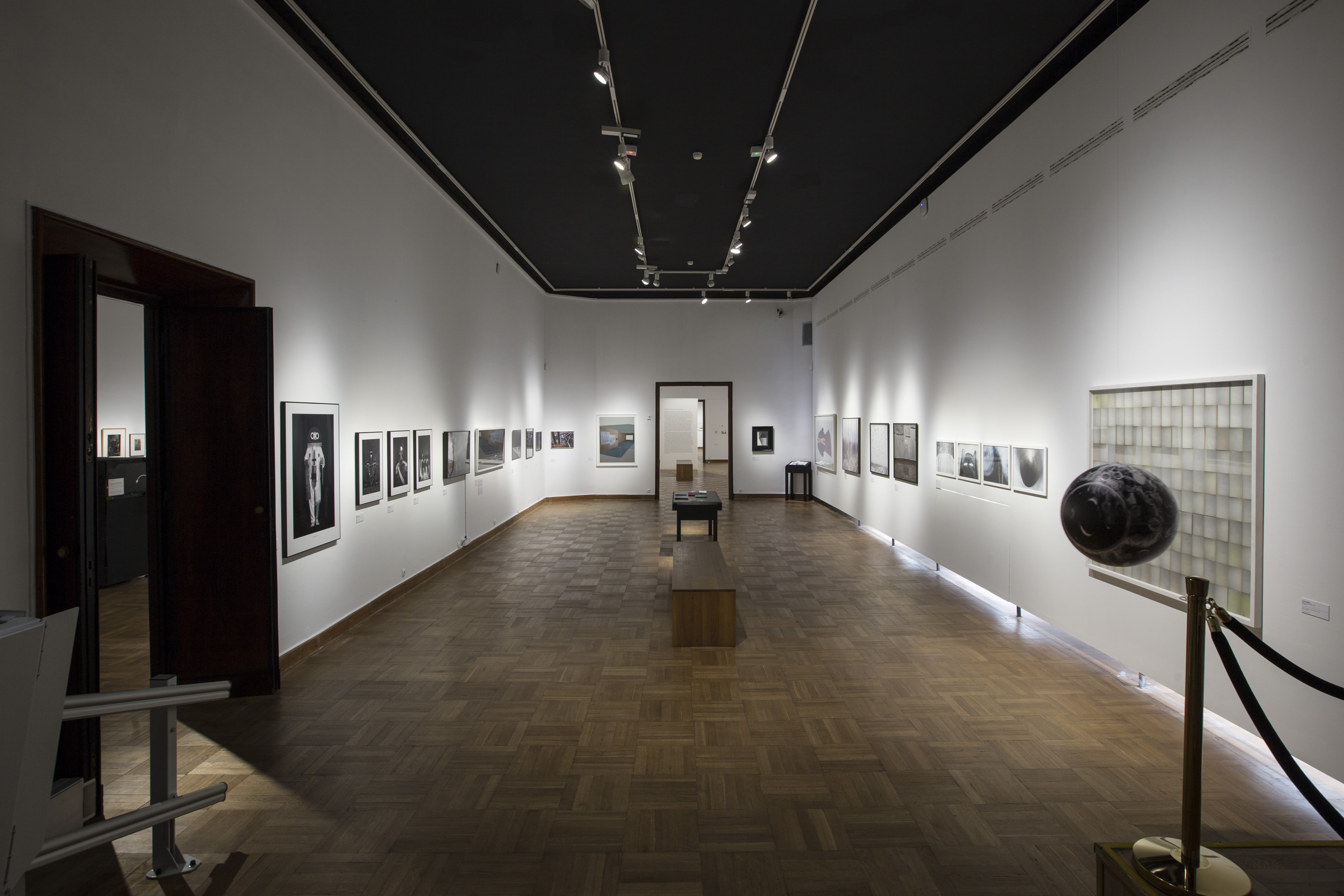

Video from opening ceremony
An overview of Hungarian photo history by experts:
Hungarian photography from the beginnings to World War II by Károly Kincses
Hungarian photography from WWII to the 1970s by Klára Szarka
Appendix: photojournalism, social photography and documentary in the recent past of Hungarian photography by Kata Balázs – Gabriella Csizek
Hungarian Progressive Photography 1965–2000 by Sándor Szilágyi, PhD
Hungarian photography from the regime change to the present by Gábor Pfisztner
LENDING PARTNERS (institutions, galleries, collectors, archives and artists)
acb Galéria (Budapest), Bánkuti András, Borsody Roland, André Kertész Emlékmúzeum (Szigetbecse), Kerekes Gábor Archívum – KGA, Dorsy Galéria, Budapest Történeti Múzeum – Kiscelli Múzeum, Chimera-Project Galéria (Budapest), Faur Zsófi Galéria (Budapest), Karvalits Ferenc, Halász Gabriella, Erdész Galéria és Design (Szentendre), Bordás György, Muskovics Gyula, Horus Archívum – Kardos Sándor, Howard Greenberg Gallery (New York), Magyar Nemzeti Galéria (Budapest) Magyar Nemzeti Múzeum (Budapest), Kincses Károly, Körmendi-Csák Gyűjtemény (Budapest), Mai Manó Ház – Archívum, Fővárosi Szabó Ervin Könyvtár – Budapest Gyűjtemény, Mission Art Galéria Gyűjtemény (Budapest), MTVA (Médiaszolgáltatás-támogató és Vagyonkezelő Alap), Szépművészeti Múzeum (Budapest), Tóth Árpád/Neon Galéria (Budapest), Petőfi Irodalmi Múzeum (Budapest), Apáti-Tóth Sándor, Budapesti Unitárius Egyházközség, Várfok Galéria (Budapest), Vintage Galéria (Budapest)
EXHIBITED ARTISTS:
ALTORJAY, Gábor | ANGELO (FUNK, Pál) | BÁCSI, Róbert László | BAK, Imre | BALLA, András | BALLA, Demeter | BÁNHALMI, János | BÁNKUTI, András | BARAKONYI, Szabolcs | BARANYAY, András | BARICZ, Katalin | BARTA, Zsolt Péter | BENKŐ, Imre | BEREKMÉRI, Zoltán | BESNYŐ, Éva | BÓCSI, Krisztián | BOZSÓ, András | BRASSAÏ (dit), Halász Gyula | BUKTA, Imre | CAPA, Robert | CZIGÁNY, Ákos | CSÁKY, Marianne | CSONTÓ, Lajos | CSÖRGEŐ, Tibor | DARAB, Zsuzsa | DEZSŐ, Tamás | DRÉGELY, Imre | DULOVITS, Jenő | EMBER, Sári | EPERJESI, Ágnes | ERDEI, Krisztina | ERDÉLY, Miklós | ERDÉLYI, Mór | ÉRMEZEI, Lili Zoé | ESCHER, Károly | ESTERHÁZY, Marcell | FÁTYOL, Viola | FAZEKAS, Margit | FEKETE, Zsolt | FÉNER, Tamás | FICZEK, FERENC | FRANKL, Aliona | FRIEDMANN, Endre | GÁBOR, Enikő | GÉMES, Péter | GERHES, Gábor | GŐBÖLYÖS, Luca | GULYÁS, Miklós | GYARMATHY, Tihamér | GYENES, Juan | GYENIS, Tibor | HAJAS, Tibor | HALAS, István | HALÁSZ, Károly | HANGAY, Enikő | HARIS, László | HAUER, Lajos | HEMZŐ, Károly | HERMANN, Ildi | HERVÉ, Lucien | HERVÉ, Rodolf | HOLICS, Gyula | HORVÁTH, Dávid | HORVÁTH, M. Judit | HORVÁTH, Zsigmond | HÓRUSZ Archívum | INKEY, Tibor | JOKESZ, Antal| KASZA, Gábor | KÁLMÁN, Kata | KELETI, Éva | KEMENESI, Zsuzsanna | KEPES, György | KEREKES, Gábor | KERTÉSZ, André | KINSZKI, Imre | KLELL, Kálmán | KLÖSZ, György | KOLESZÁR, Adél | KOMORÓCZKY, Tamás | KONCZ, András | KONCZ, Csaba | KORNISS, Péter | KOVALOVSZKY, Dániel | KUDÁSZ, Gábor Arion | LADIK, Katalin | LANGER, Klára | LOVAS, Ilona | LŐRINCZY, György | MAGYAR, Ádám | MAI & PARTNER | MAURER, Dóra | MOHOLY-NAGY, László | MOLNÁR, Zoltán | MÓRICZ-SABJÁN, Simon | MUNKÁCSI, Martin | MÜLLER, Miklós | ORBÁN, Balázs | ŐSZ, Gábor | PAP, Gyula | PÉCSI, József | PERNECZKY, Géza | PINCZEHELYI, Sándor | PINTÉR, Márta | PITI, Marcell | PLACHY, Sylvia | ROTERS, Katharina & József Szolnoki | Société Réaliste | SOPRONYI, Gyula | STALTER, György | STILLER, Ákos | SUGÁR, Kata | SZABÓ, Barna | SZABÓ, Judit | SZÁSZ, Lilla | SZÉKELY, Aladár | SZENTJÓBY, Tamás (St. Auby) | SZIJÁRTÓ, Kálmán | SZILÁGYI, Lenke | SZOMBAT, ÉVA | SZÖLLŐSY, Kálmán | TELEK, Balázs | TIMÁR, Péter | TÓT, Endre | TÓTH, György | TÓTH, István | TÖRÖK, László | TÜRK, Péter | UJJ, Zsuzsanna | URBÁN, Tamás | VADAS, Ernő | VÉCSY, Attila | VÉKÁS, Magdolna | VERESS, Ferenc | VETŐ, János | WALTER, Péter
Featured artists in slideshow 1
Featured artists in slideshow 2
